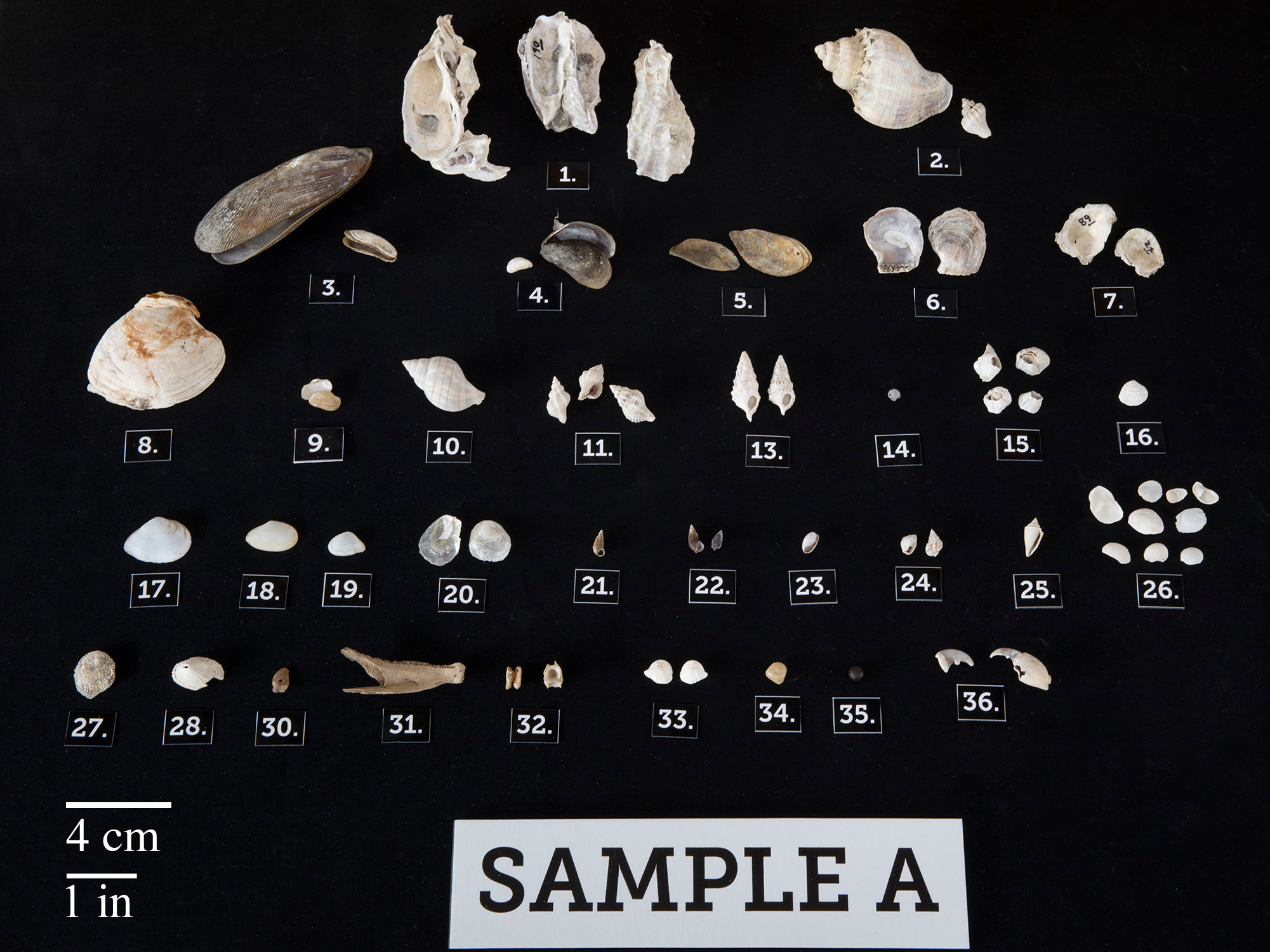Oysters & Their Reef Ecosystem
Oyster reefs not only support the ecosystem but also people. Despite these benefits, reefs are one of the most imperiled marine ecosystems on Earth.

PHOTO CREDIT: JANSEN SMITH
Oysters as Ecosystem Engineers
OYSTERS ACT as ecosystem engineersAny organism that significantly modifies its surrounding environment by building physical structures (for example, a beaver building a dam). forming three-dimensional reef structures. The crevices within reefs that form when oysters attach to each other provide shelter for other sea life, such as fish, crabs, worms, shrimp, snails, and clams. Oyster reef habitat also provides food for many predators, such as shorebirds. Additionally, reefs act as nurseries for juvenile crab and fish species, which can hide there from larger predators. Oysters also improve water quality by removing suspended sediments, nutrients, and other pollutants from the water via filtration. A single oyster can filter up to 50 gallons (227 liters) of water a day. That is the amount of water used in a ten-minute shower! Filtering by oysters improves water clarity and the penetration of light into the water column, which increases growth of seagrasses and other aquatic plants.
Benefits to People
OYSTERS PROVIDE food and other benefits to people, referred to as ecosystem servicesThe benefits ecosystems provide to humans (for example, clean water and food).. In 2016, oyster aquaculture in the United States generated almost $200 million from 37 million pounds (~17 million kilograms) of oysters. Not only do we harvest oysters for food, but reefs also slow shoreline erosion by buffering the coast from boat wakes, storms, and sea level rise. When used instead of artificial breakwaters, oyster reefs about the size of a football field can save communities about $85,000 per year.

PHOTO CREDIT: ANNETTE WHITE
Oyster Reef Decline
The condition of oyster reefs in North America based on the percentage of current to historical abundance of oyster reefs remaining. Figure modified from Beck et al. 2011.
OYSTER REEFS were once a common feature of many coastal environments. However, over the past two centuries overharvesting, pollution, habitat destruction, and disease have caused 85% of oyster reef habitat all over the world to be lost. Salinity fluctuations, sediment accumulation, increasing temperatures, and rising sea level due to climate change are adding additional stressors to reefs. Because oysters are permanently attached to each other on a reef, they are more susceptible to these stressors when they occur than are organisms that can get up and move away to find suitable habitat.
Declining Populations
AN INDICATOR of a stressed reef is absence of baby oyster spat, which means conditions are not allowing for successful reproduction. Disease, pollution, burial by sediments, predation, and overfishing are primary causes of recruitment failure. Without newly settled oysters to the reef, the three-dimensional reef structure will not grow. With few living oysters, the reef may also break down over time and be less effective in providing ecosystem servicesThe benefits ecosystems provide to humans (for example, clean water and food). like shoreline protection. Water clarity may also decrease, causing other species critical for coastal economies and local tourism to be affected and even disappear.
Compare & Contrast
Compare the two oyster reef death assemblagesA mixture of accumulating sediment, dead shells, and other remains. displayed below that were sampled from the same reef at different depths.
Sample A (left) is an older sample from deep within the reef. Sample B (right) is more recent, coming from a layer closer to the reef surface. What differences do you see?
Sample A
Sample B
Hover over the images below to see the specimen common and scientific names.
How many species can you name?
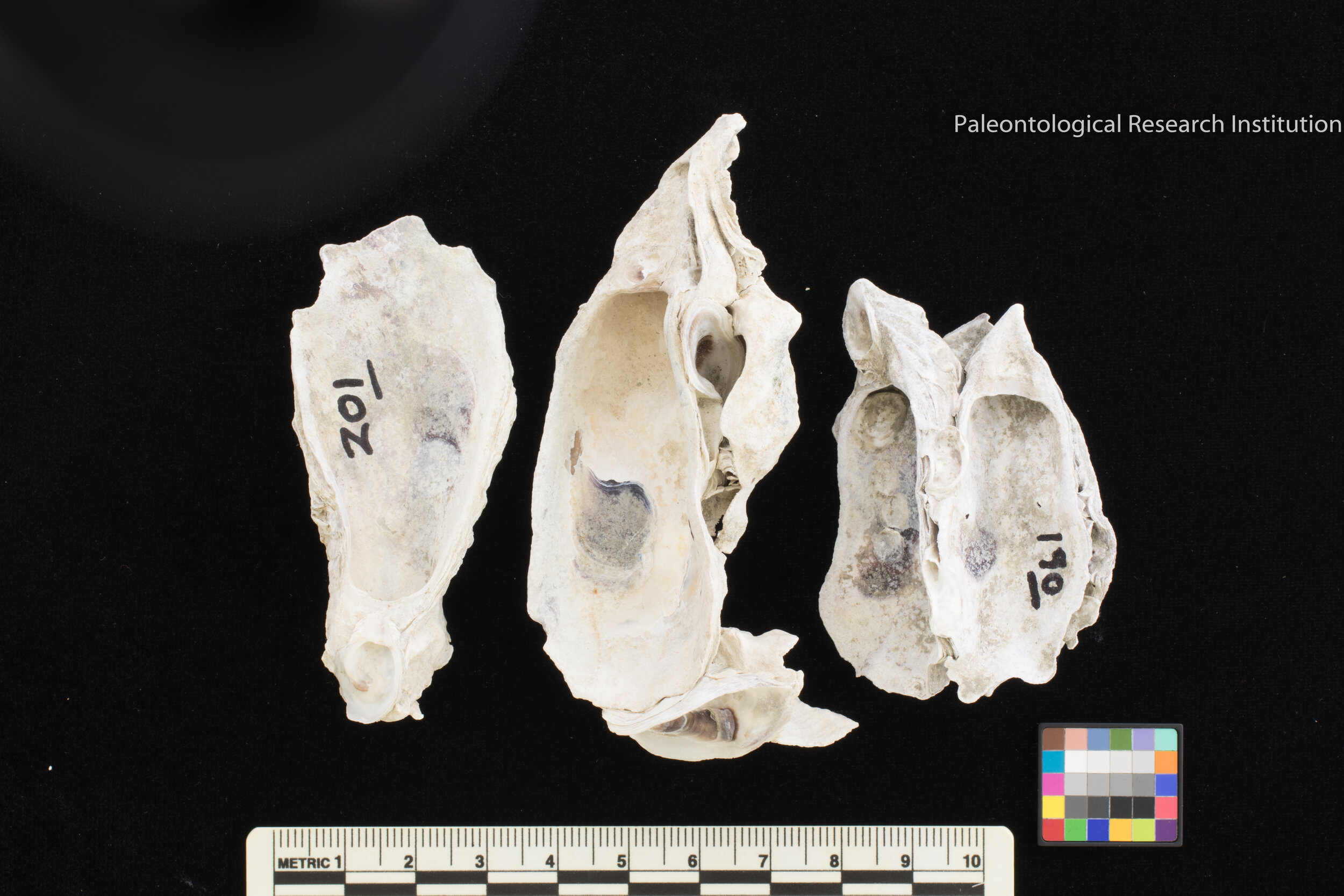
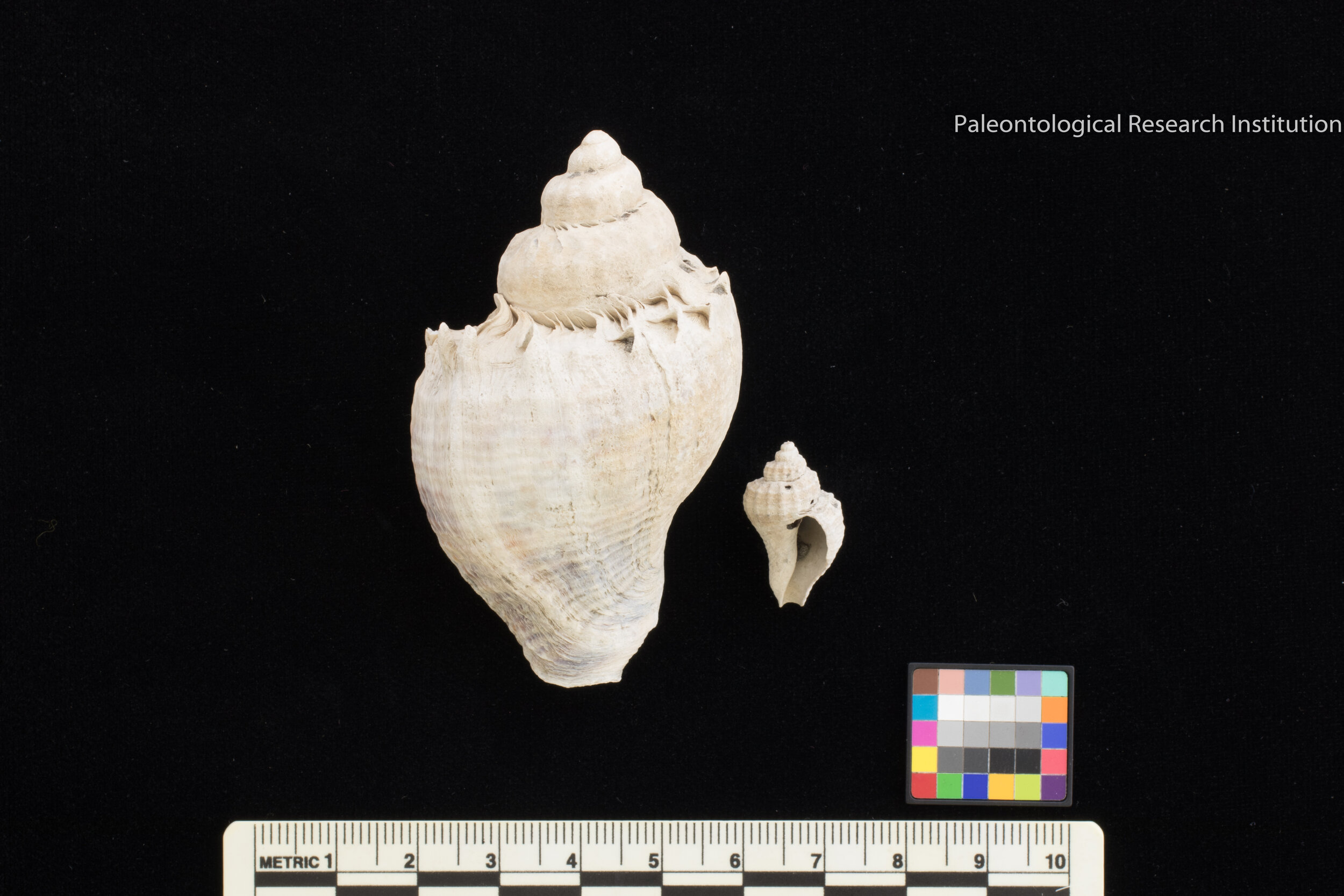
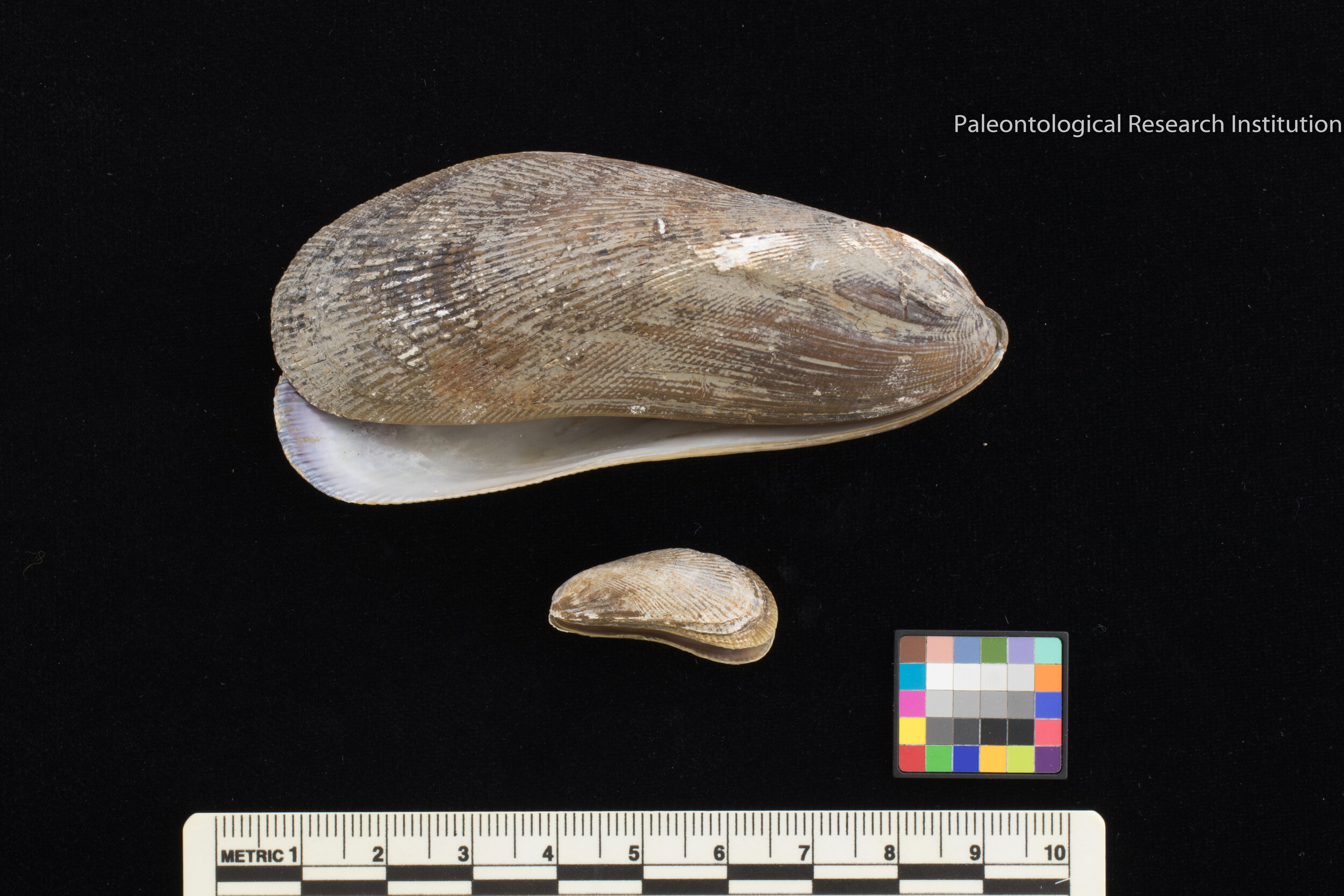
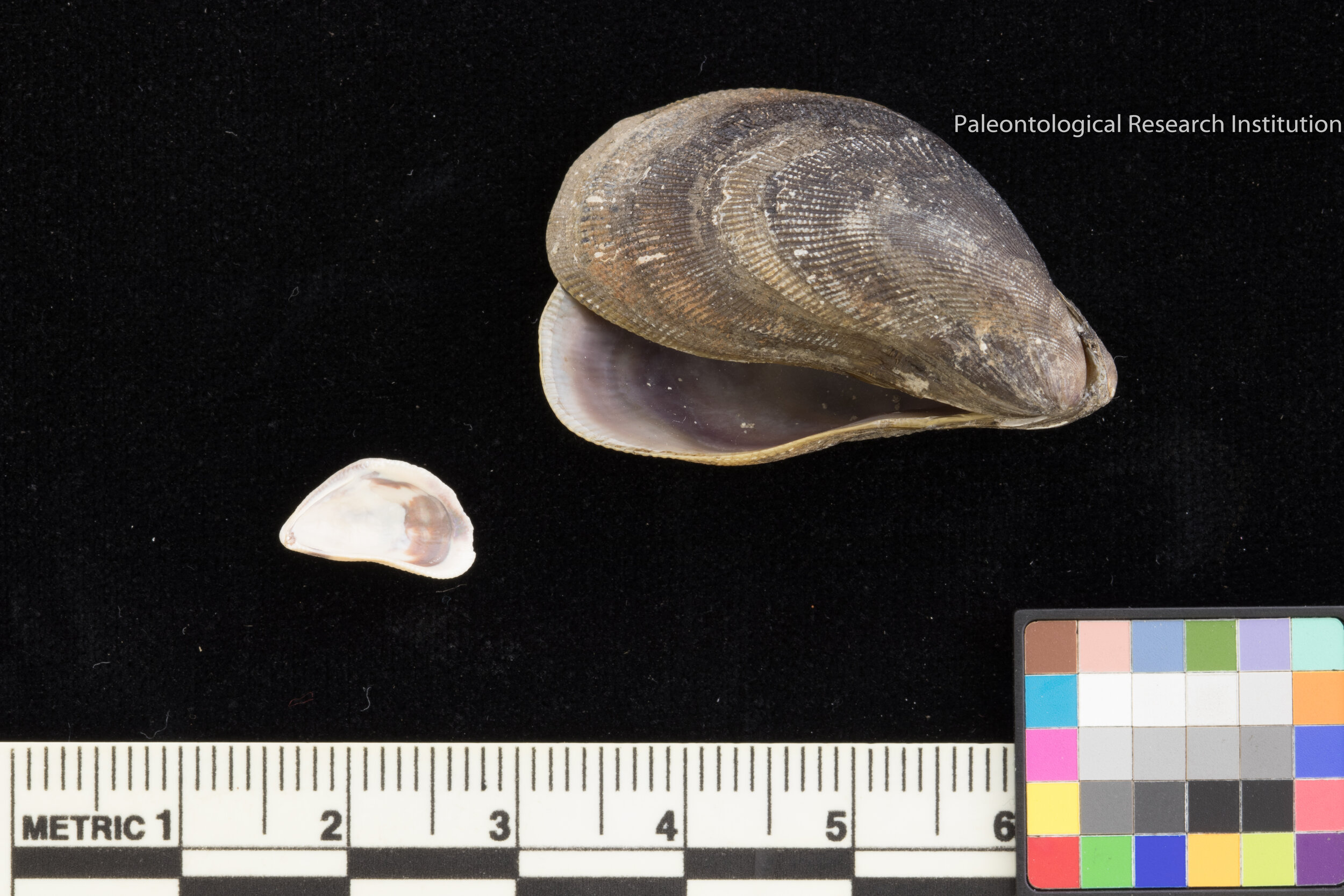
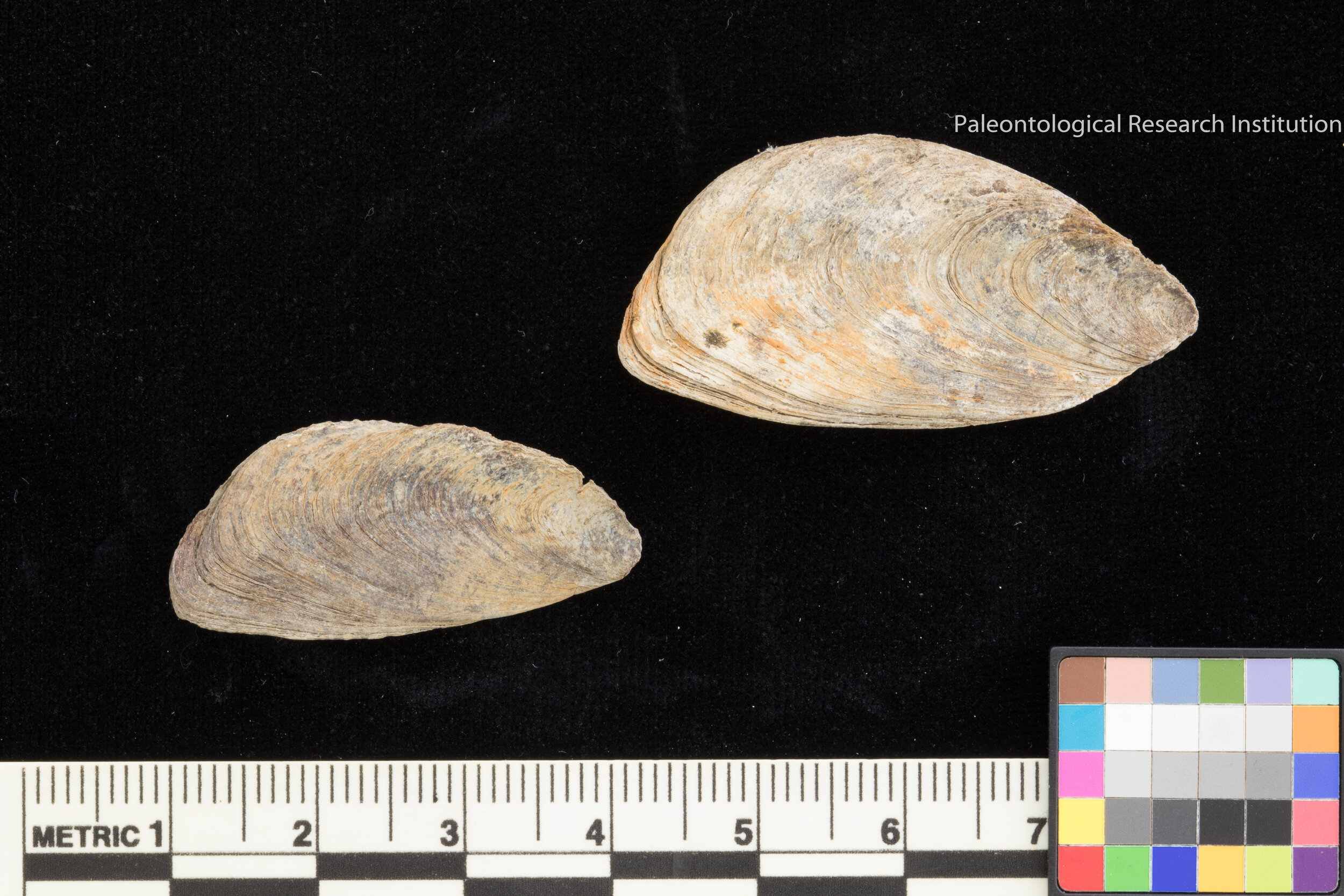
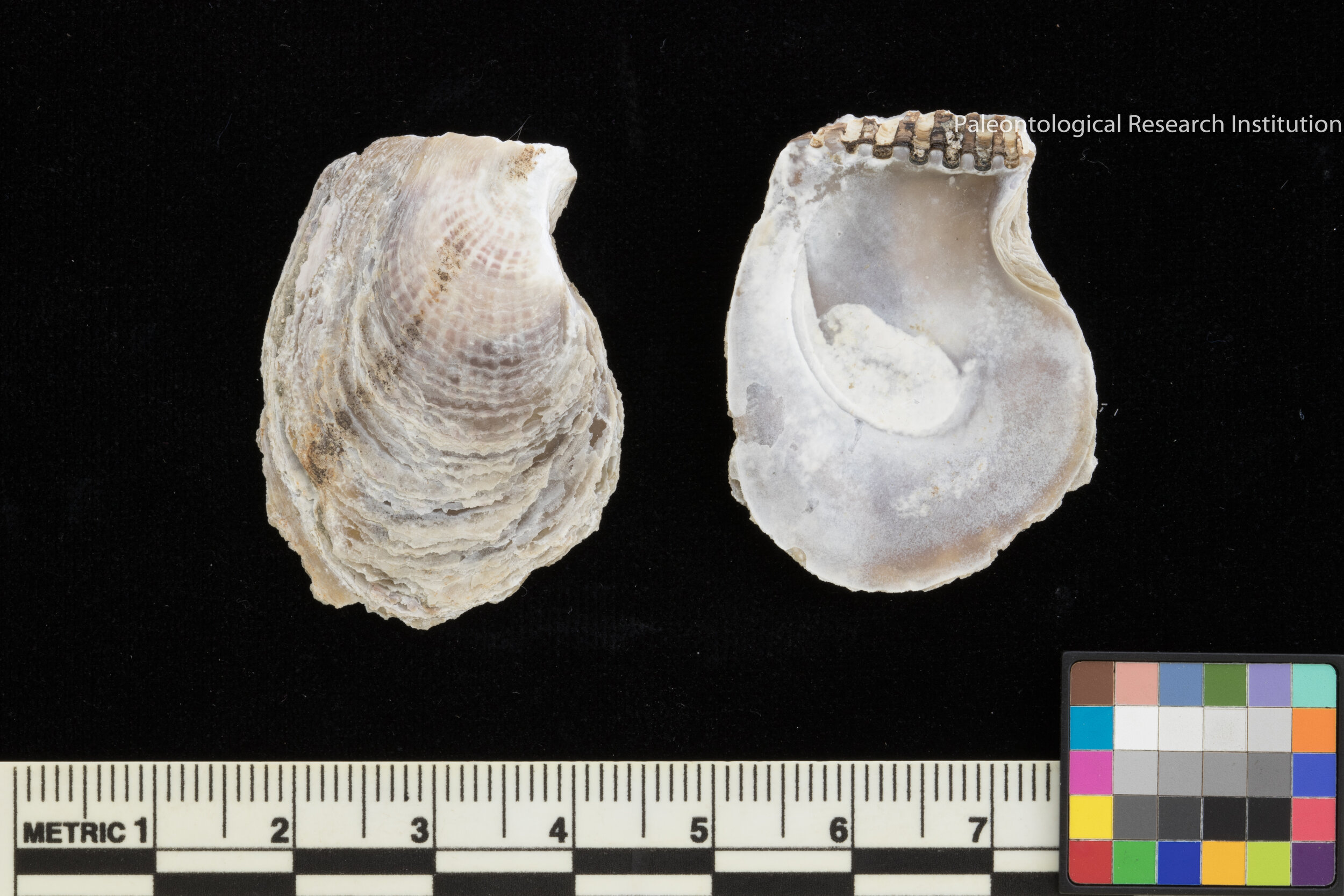
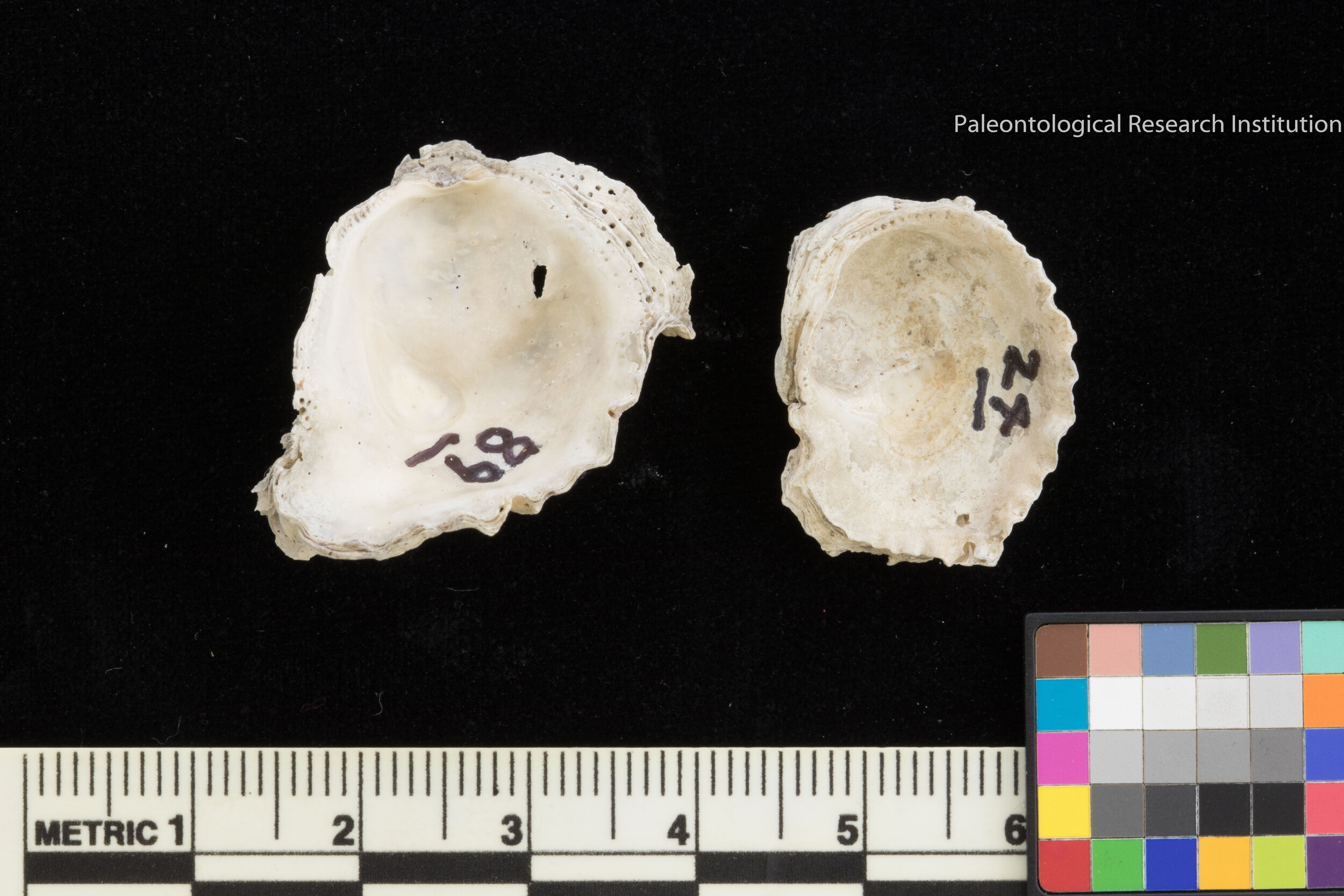
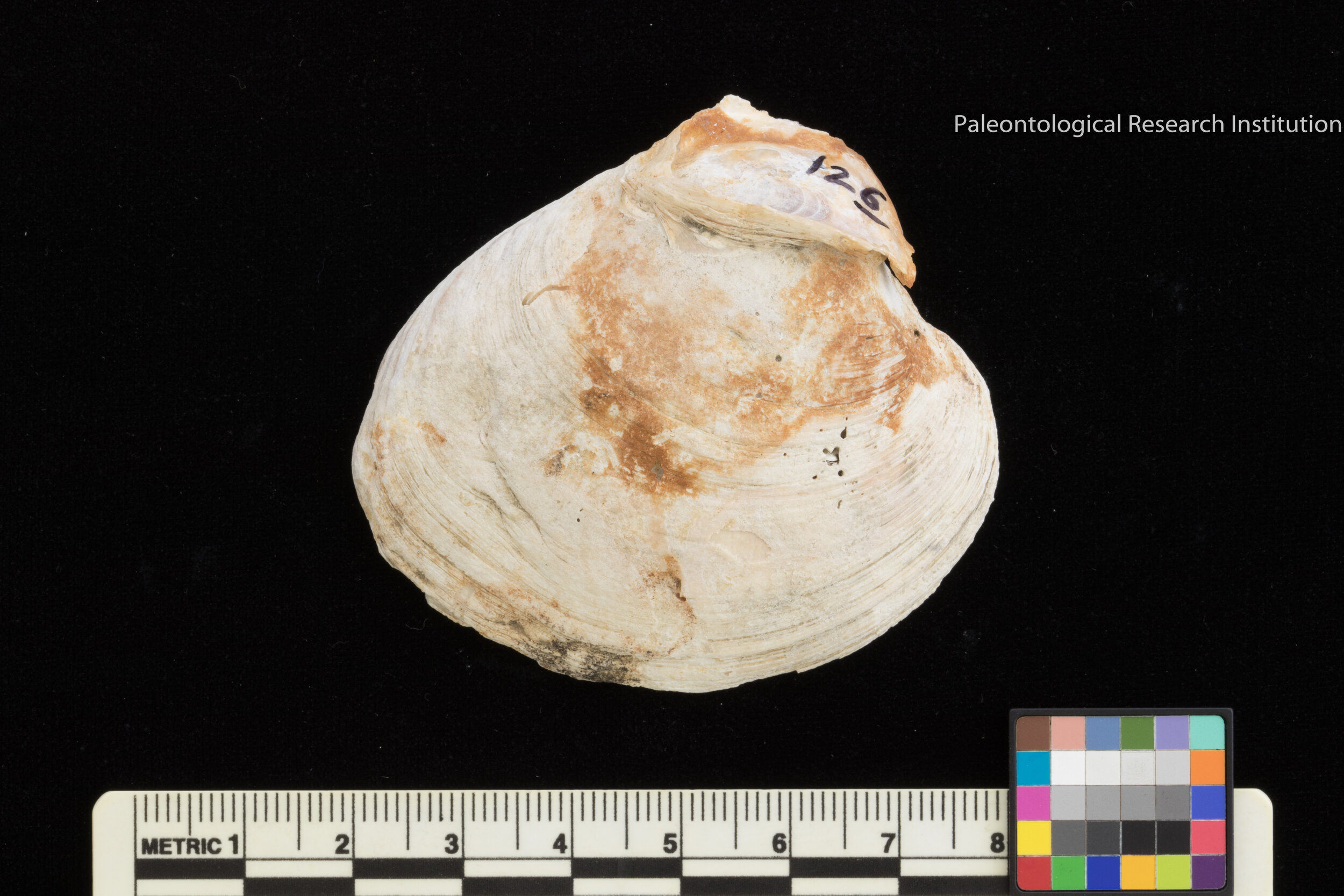
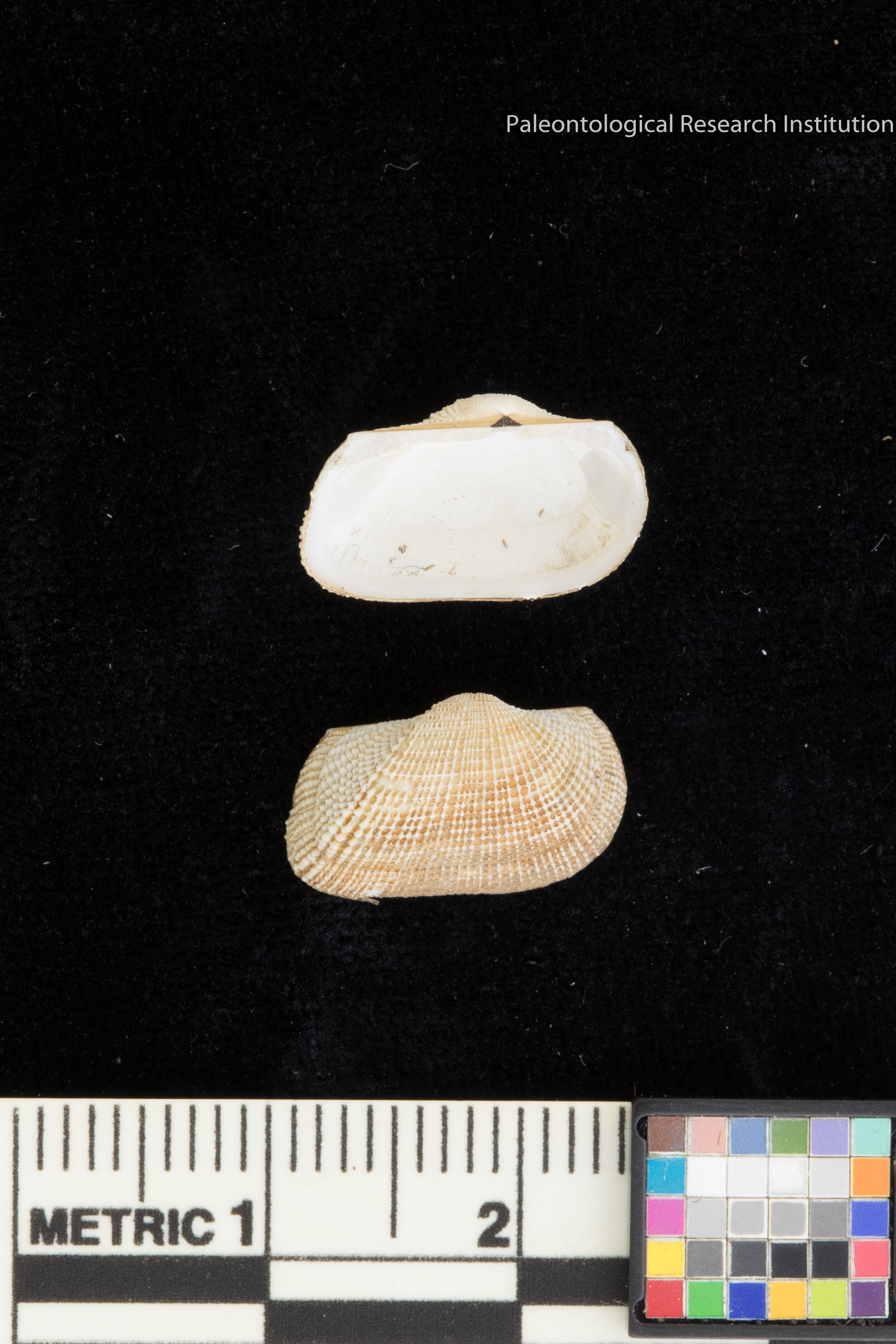
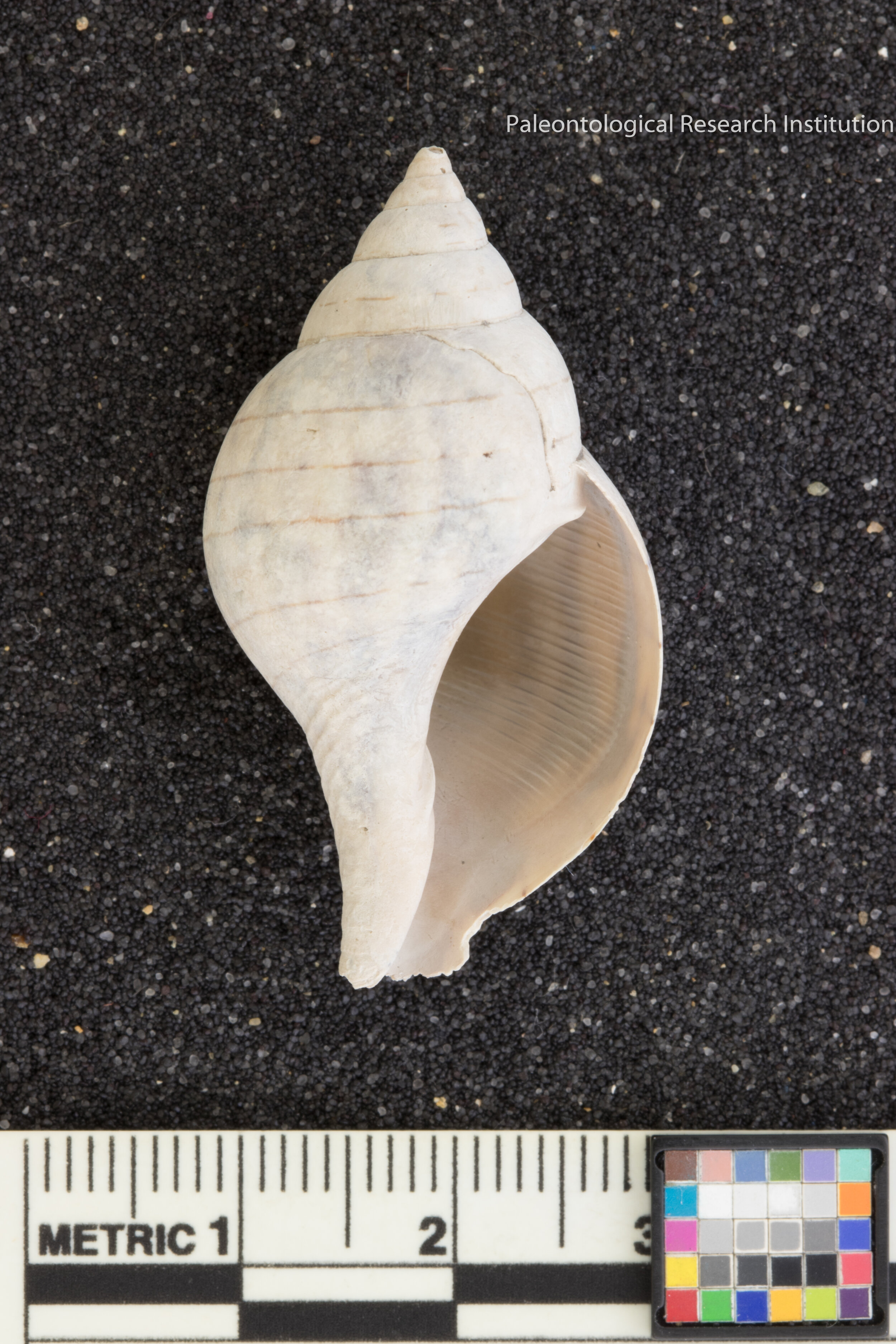
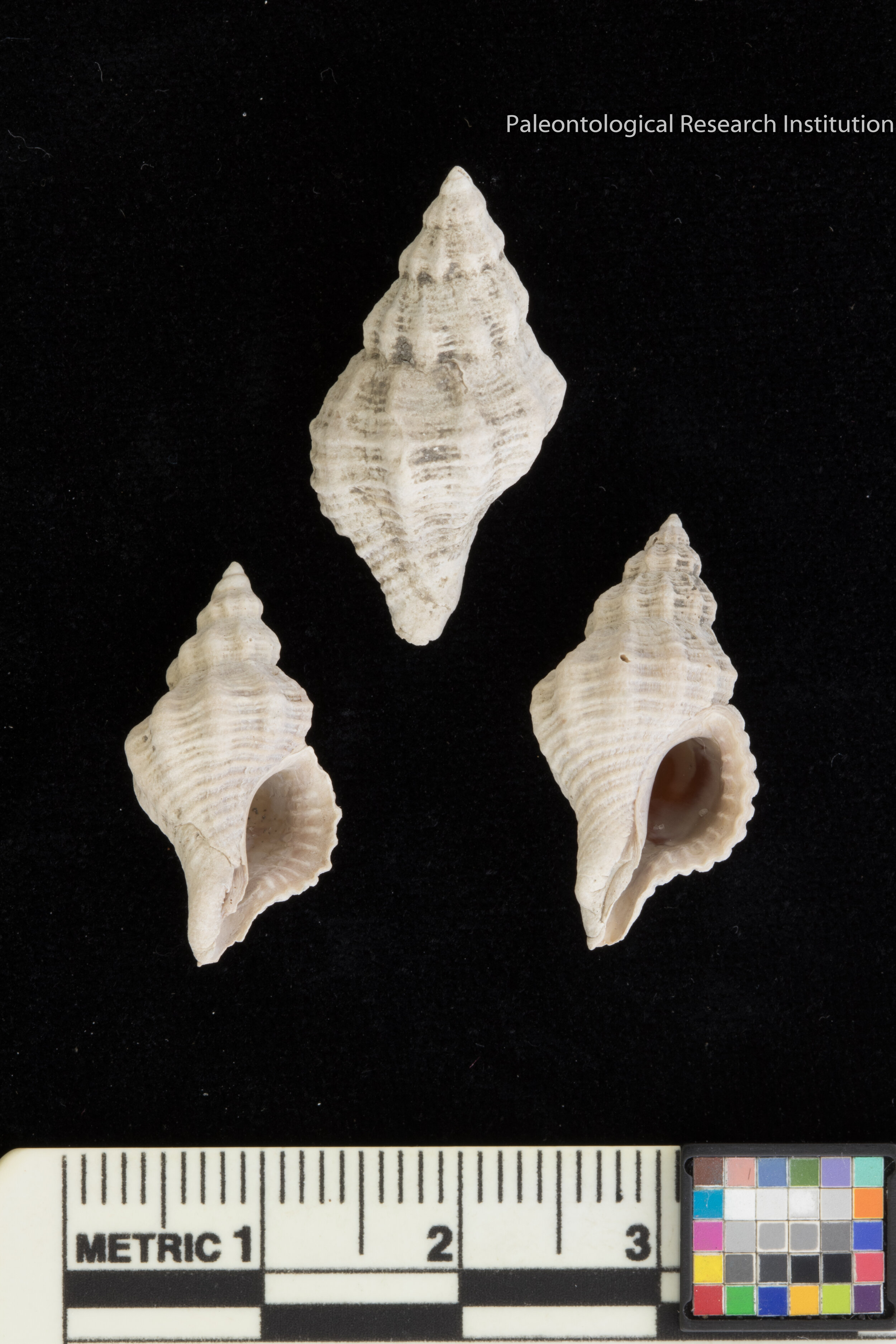
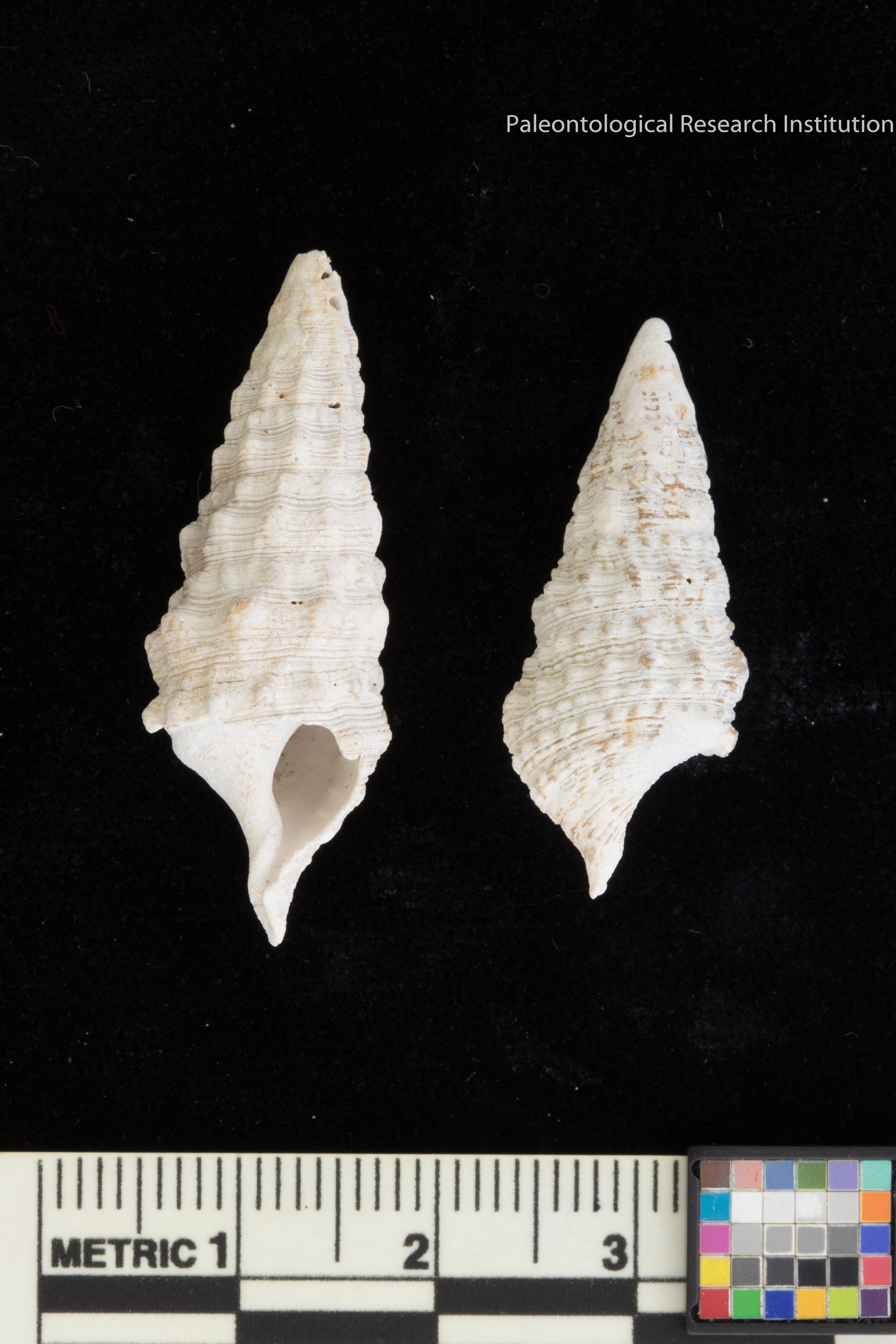
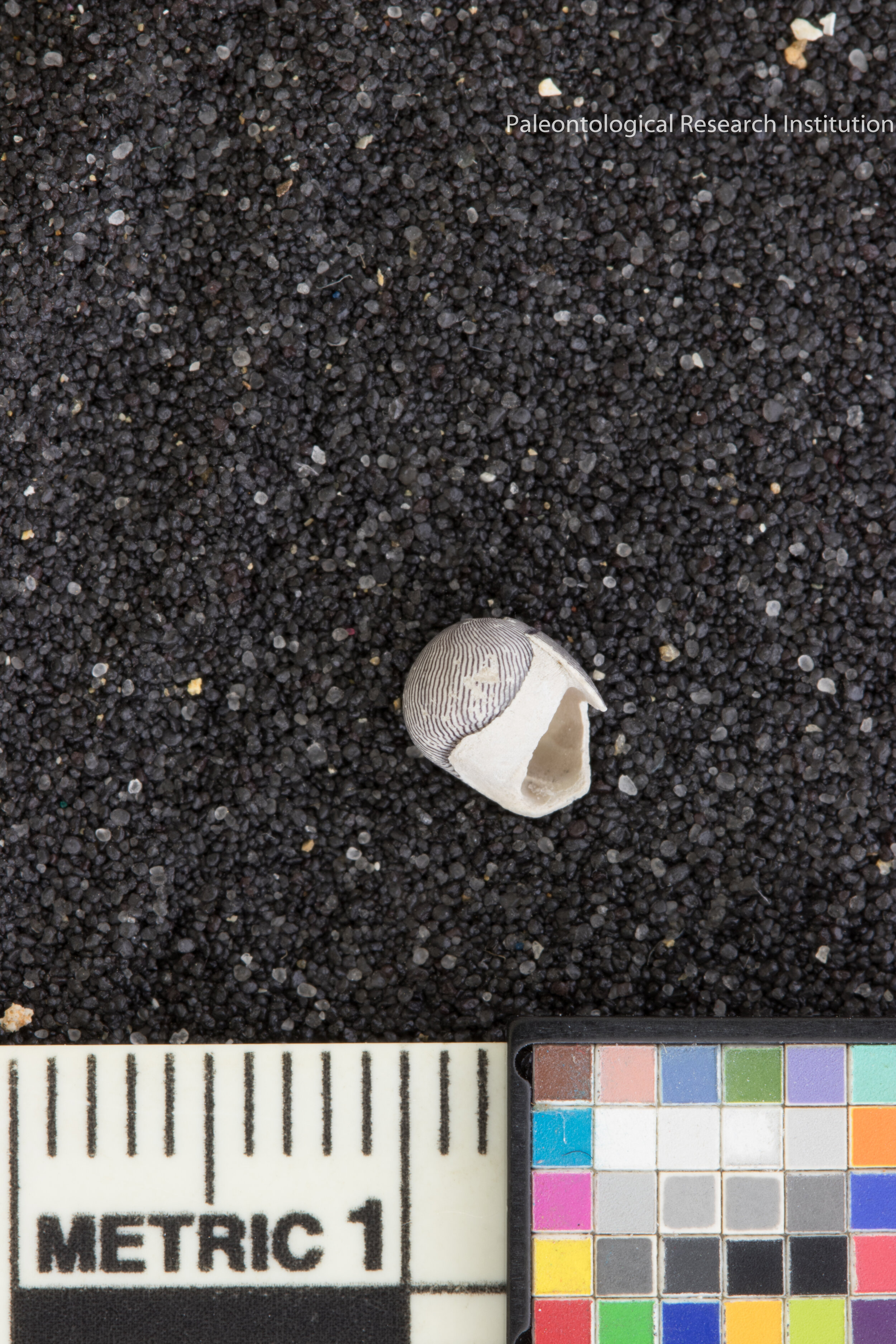
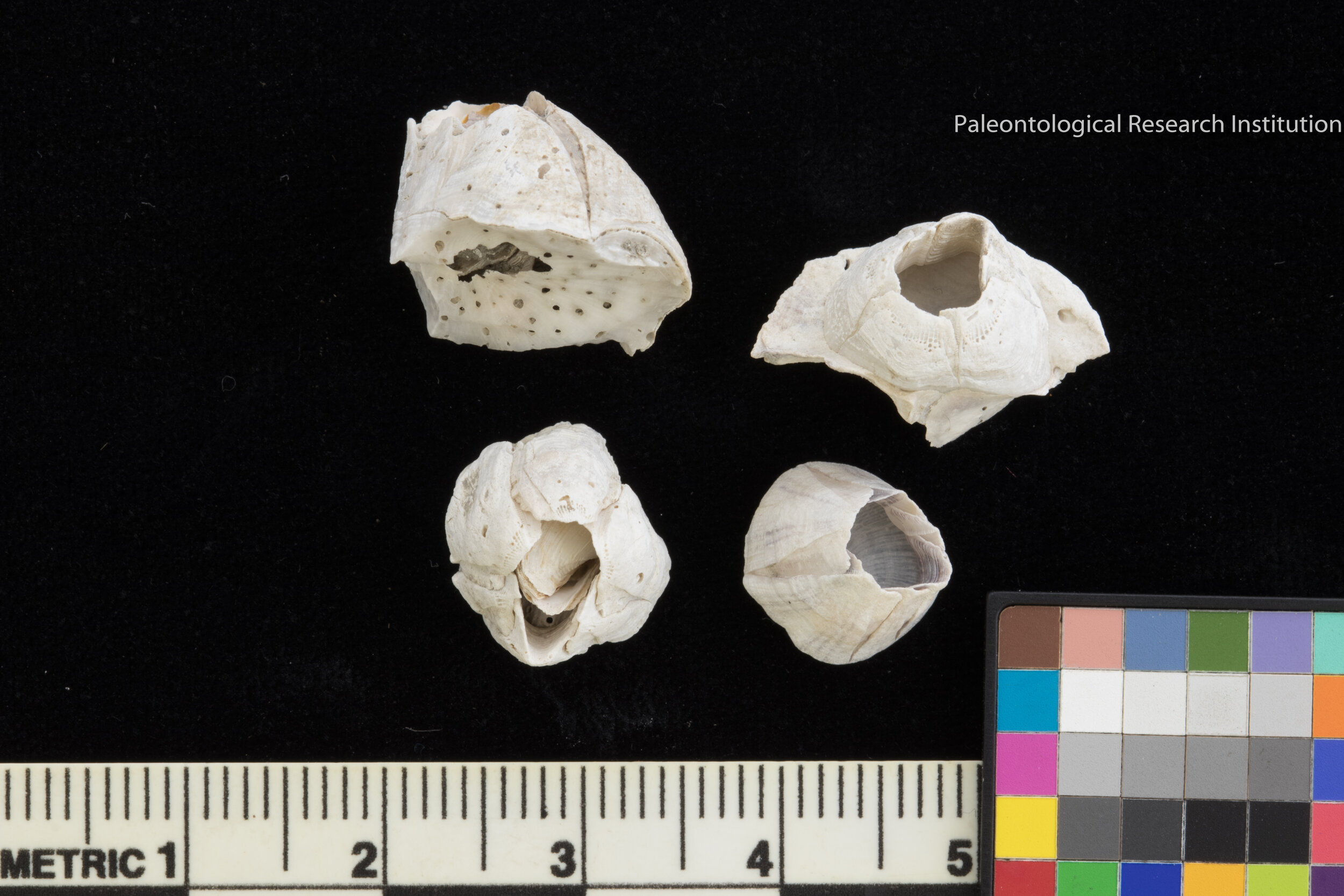
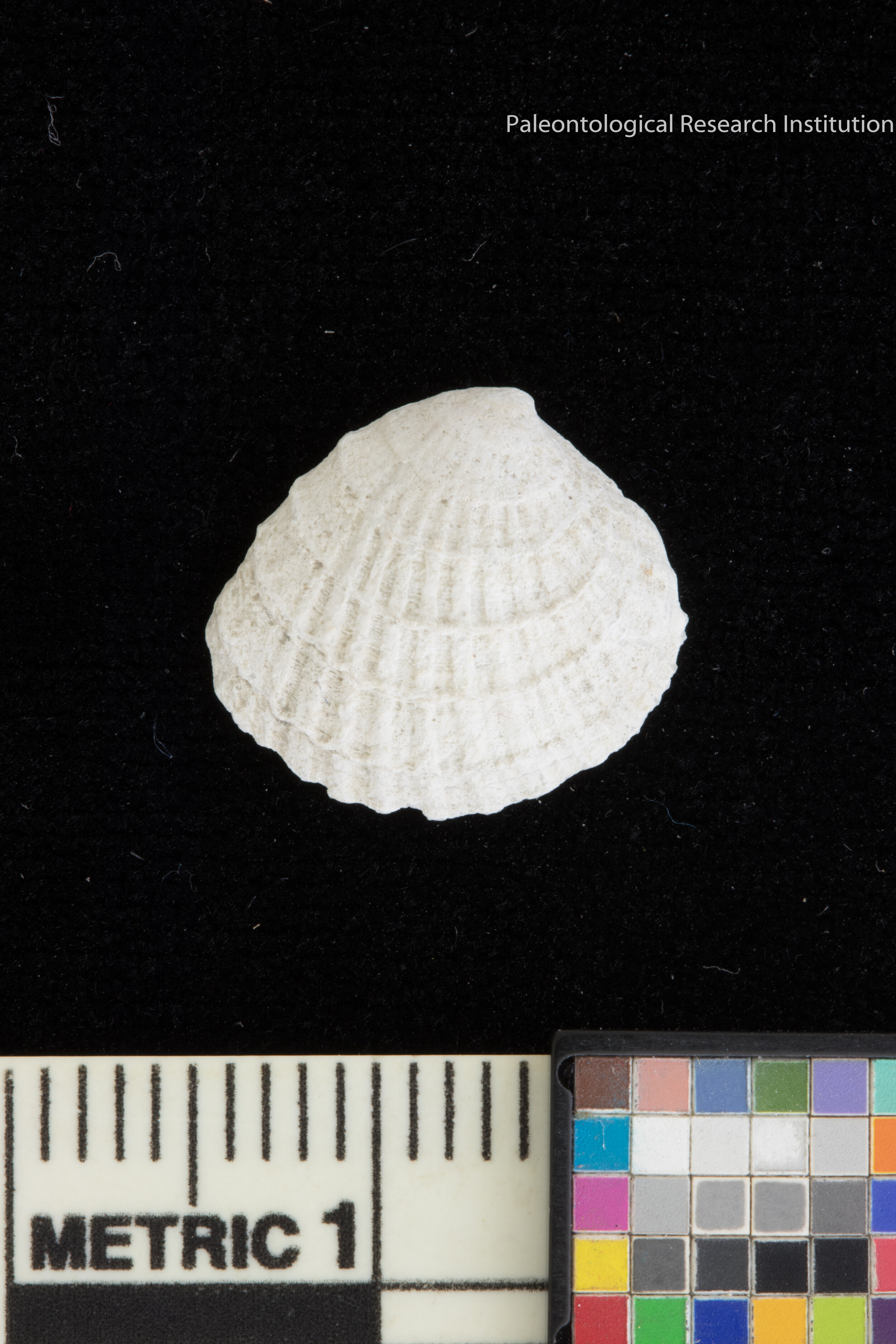
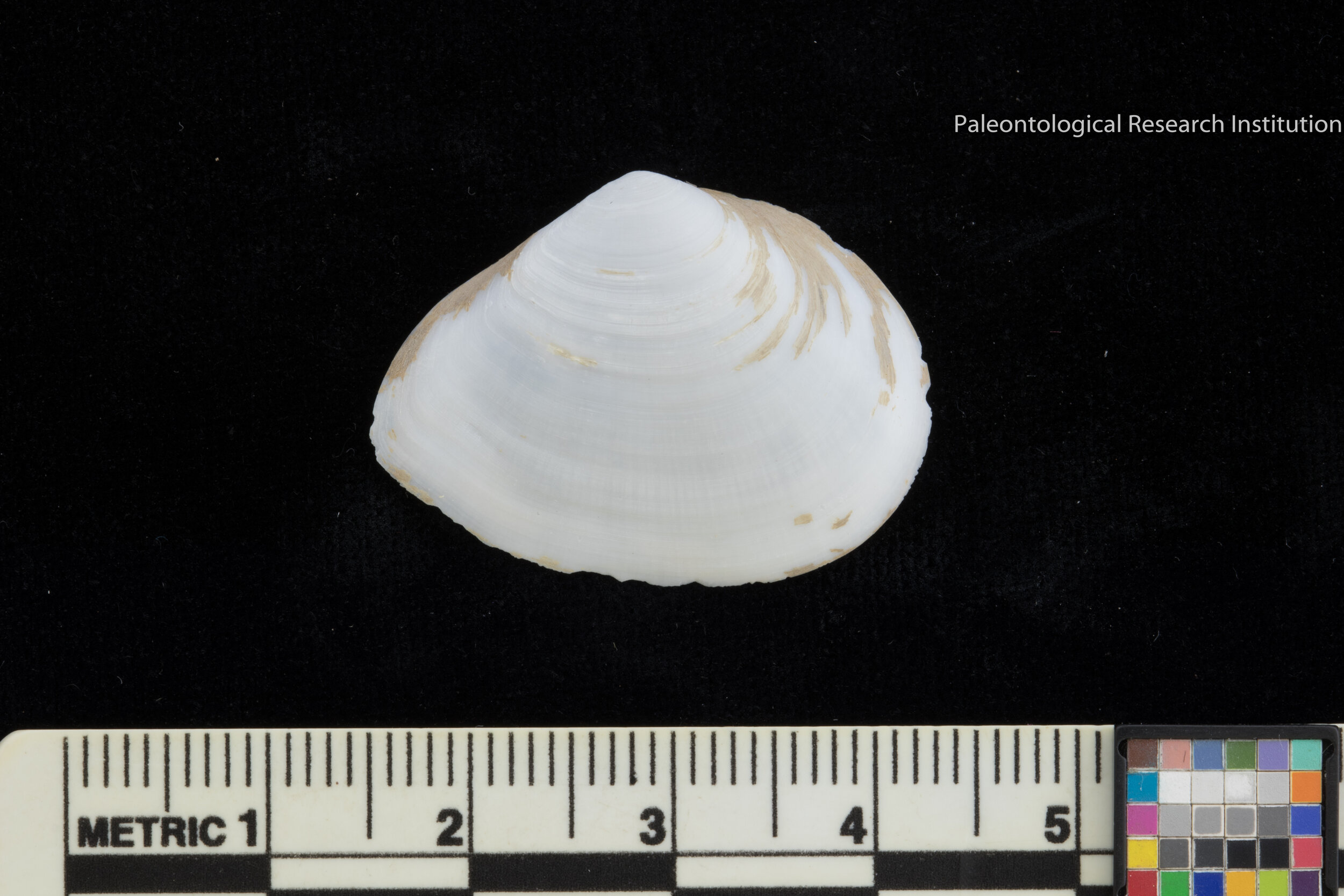
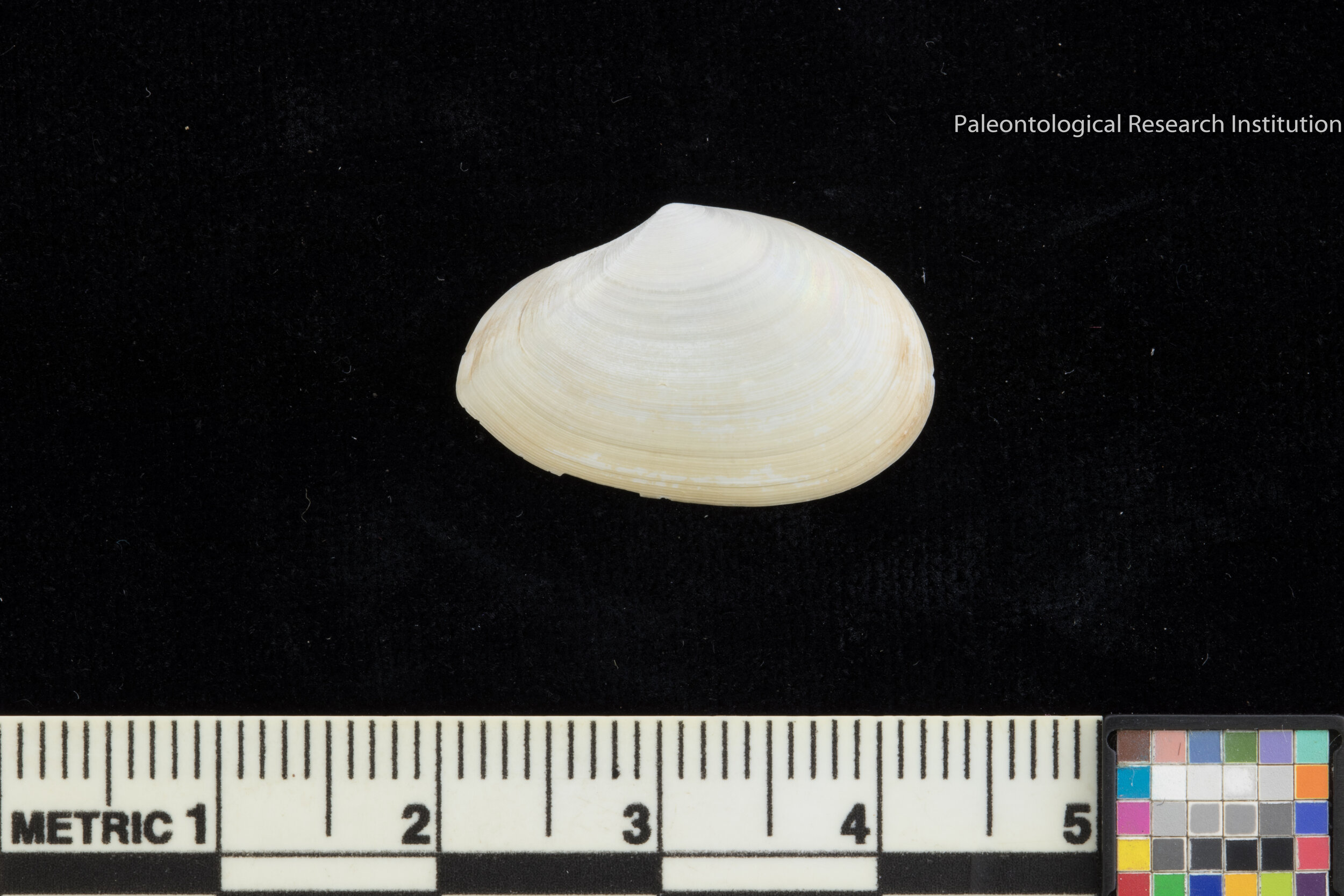
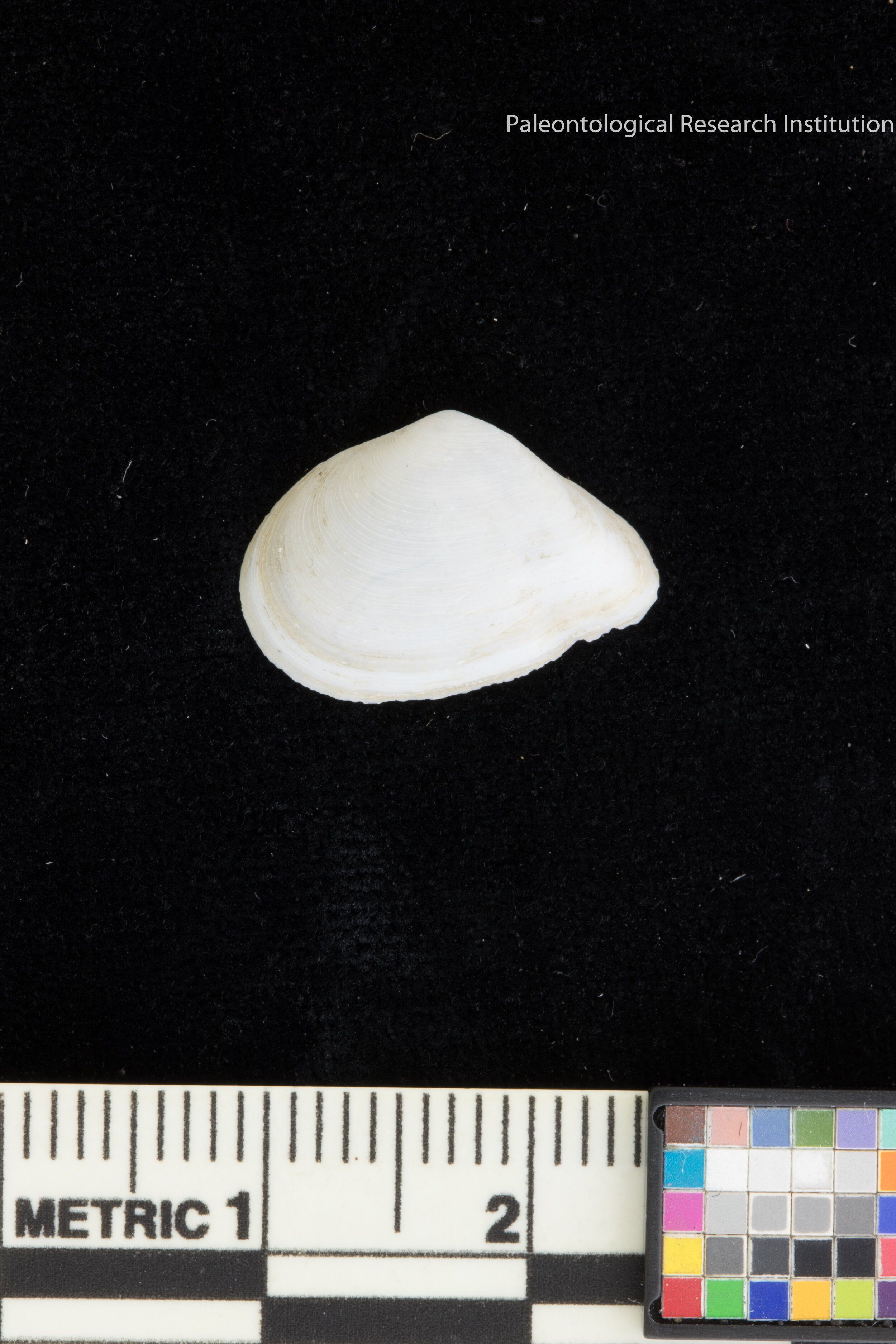

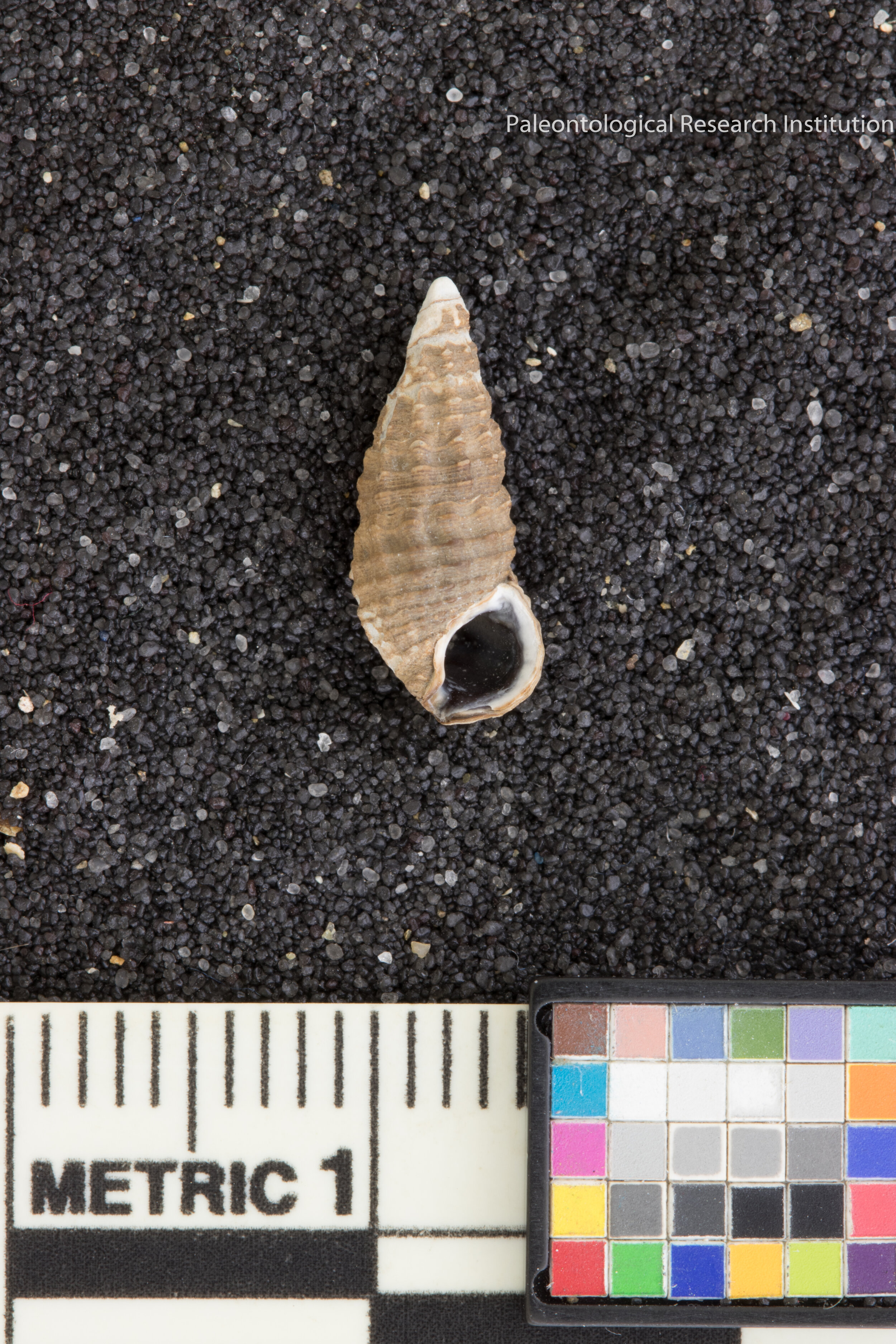
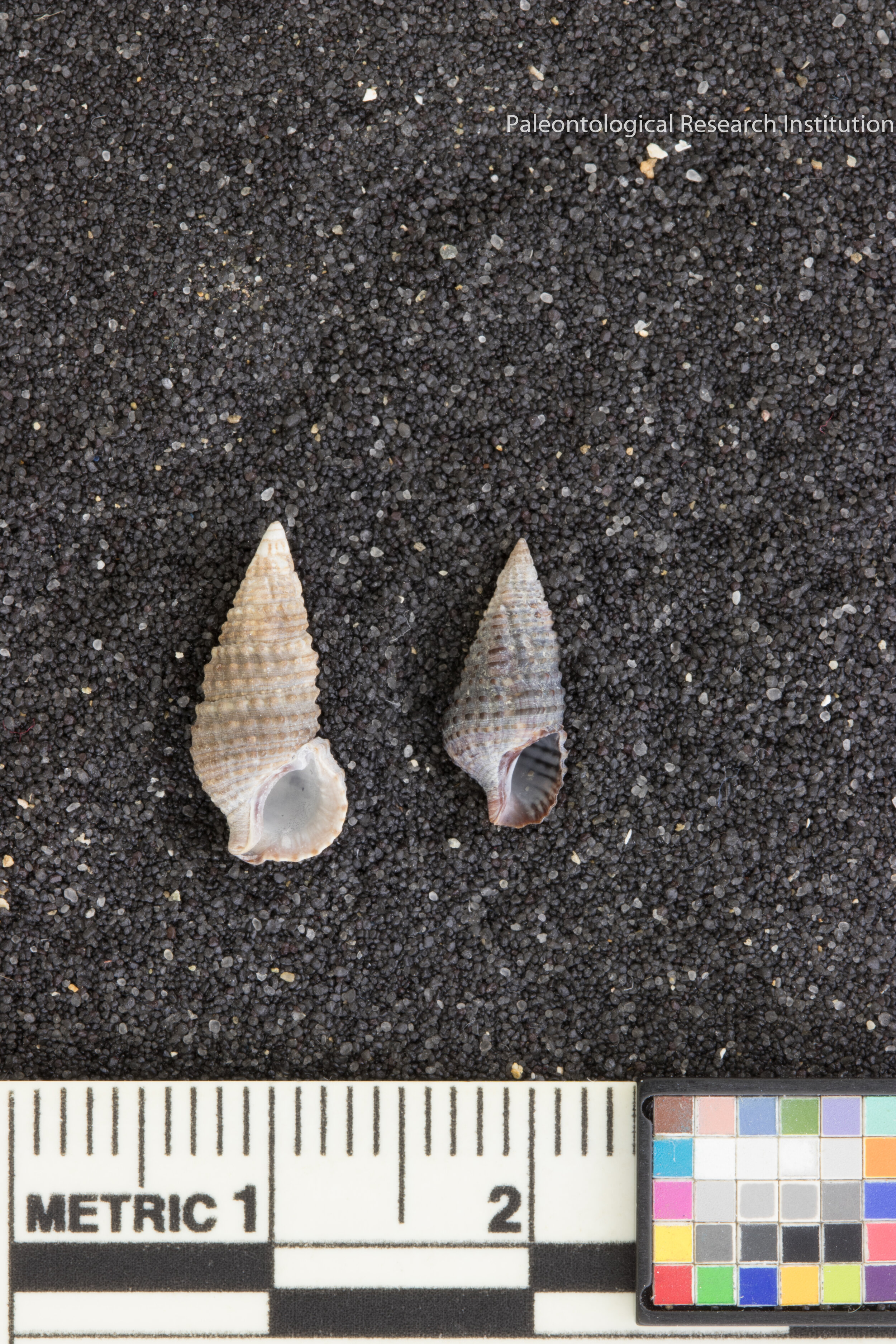
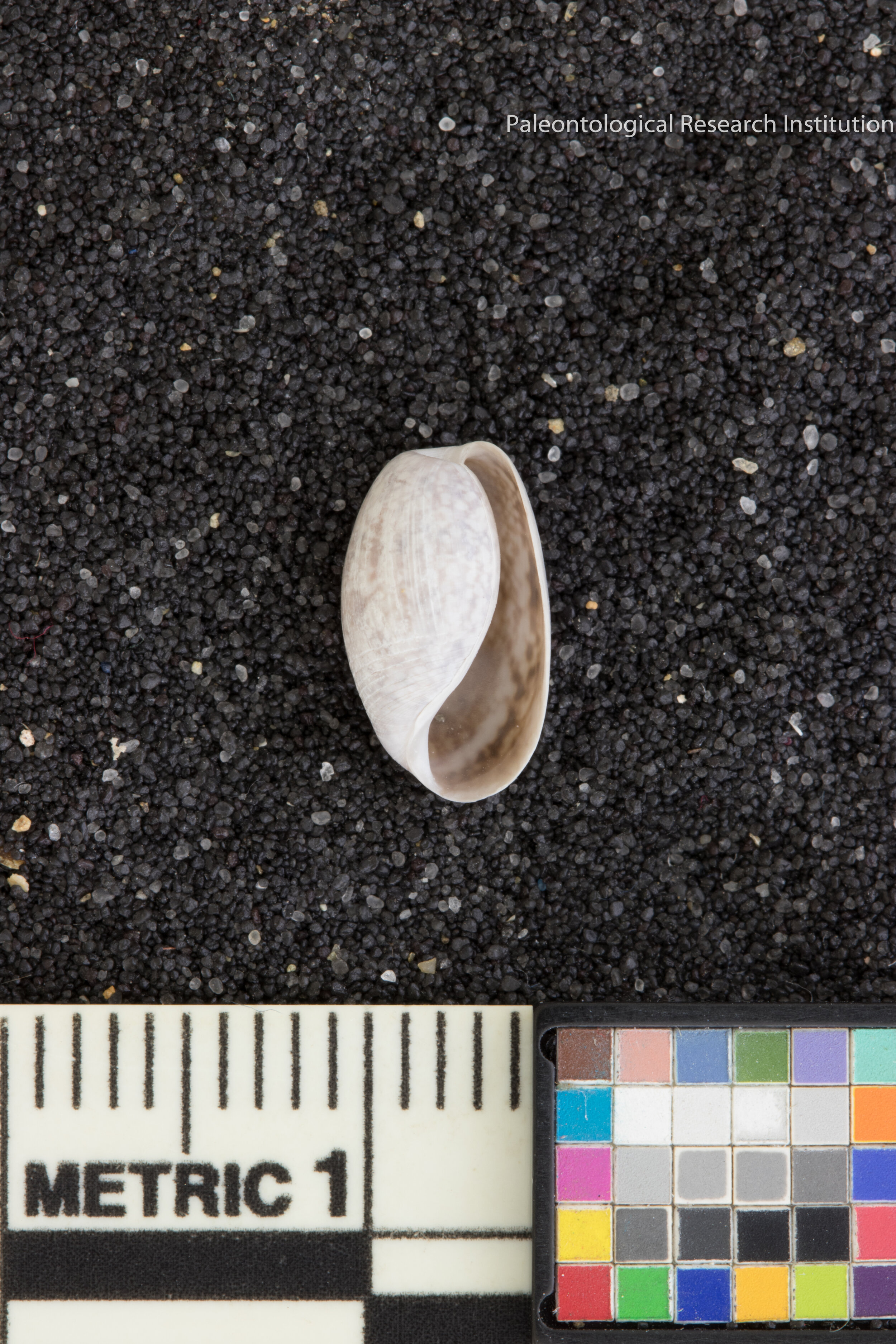
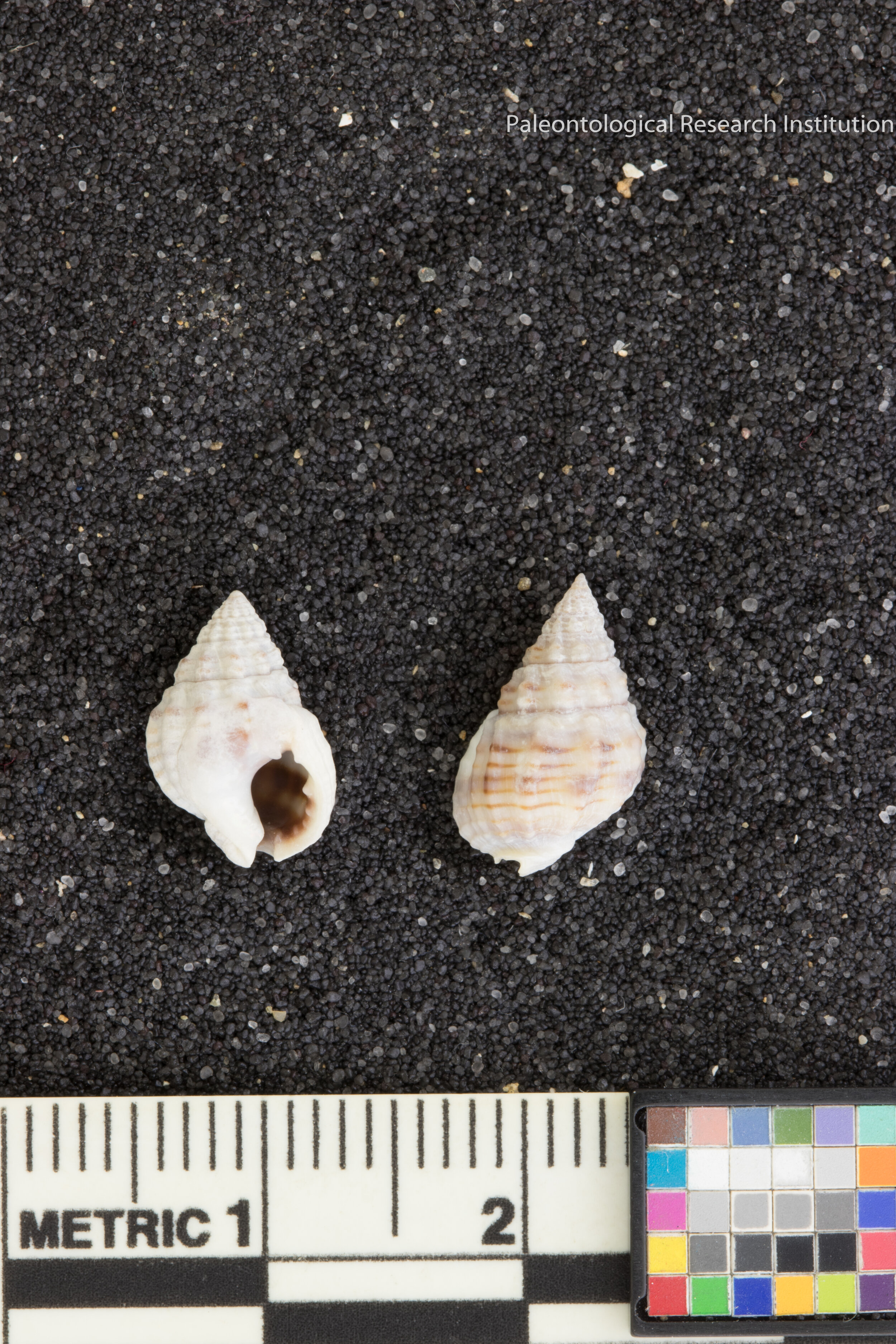
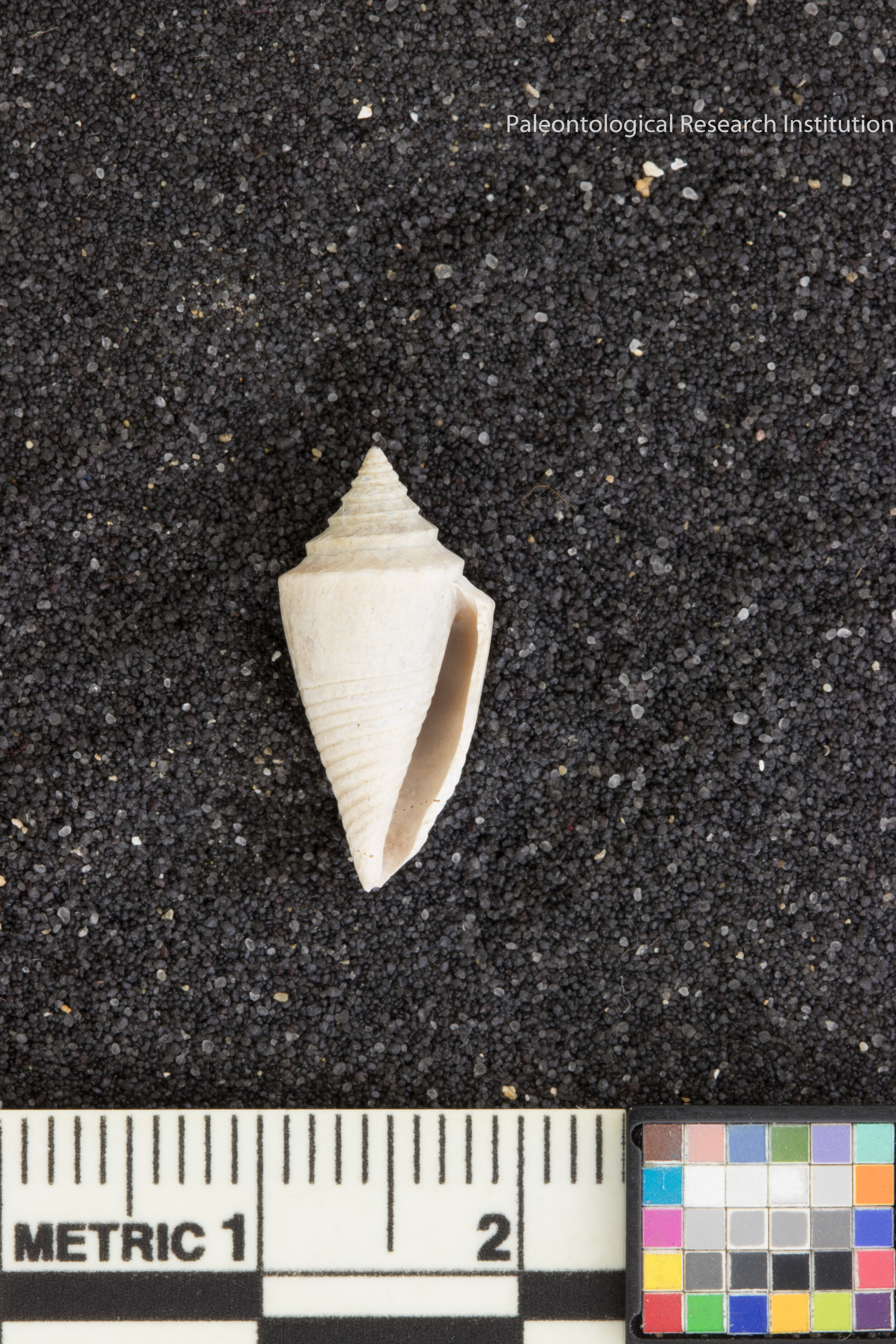
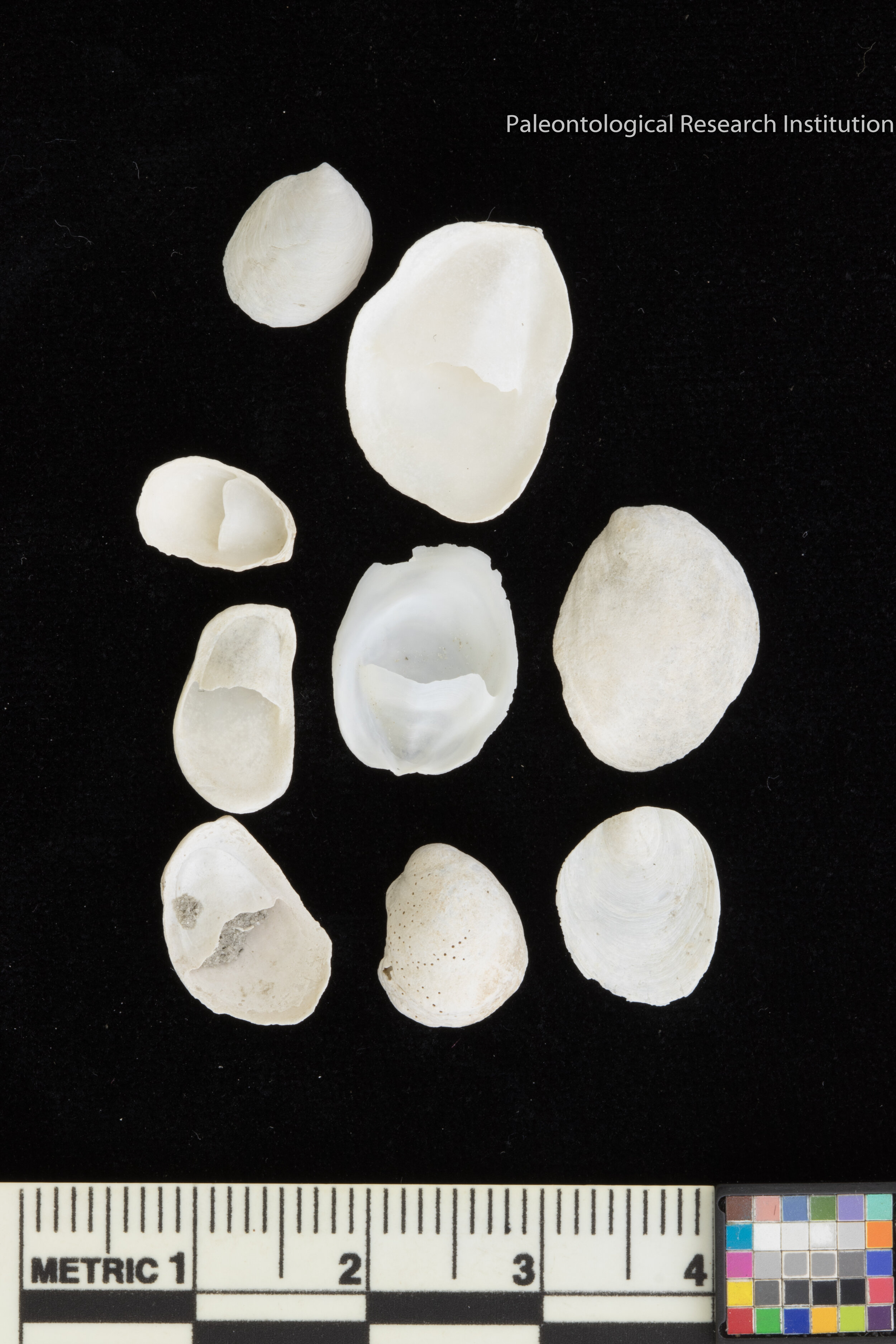
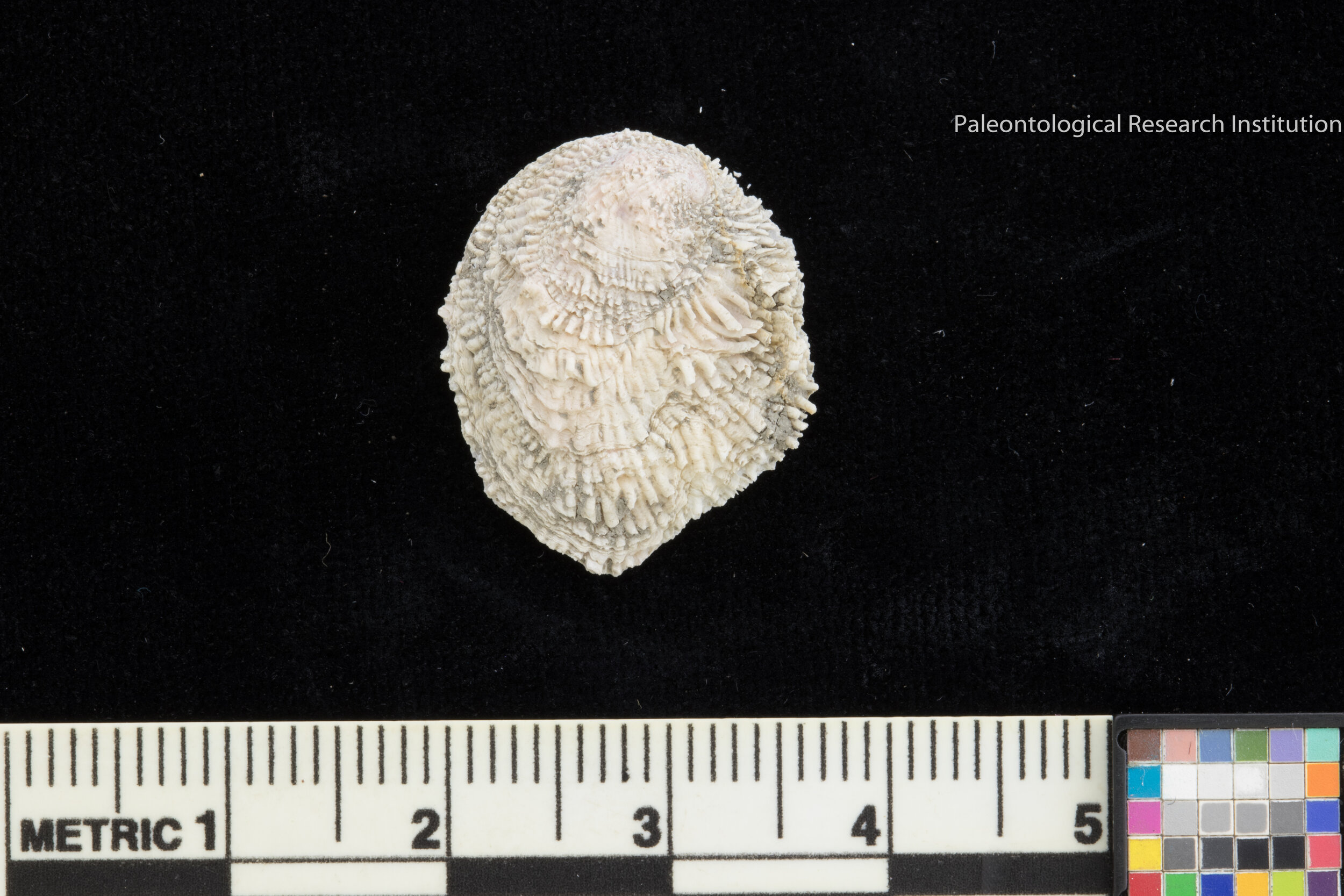
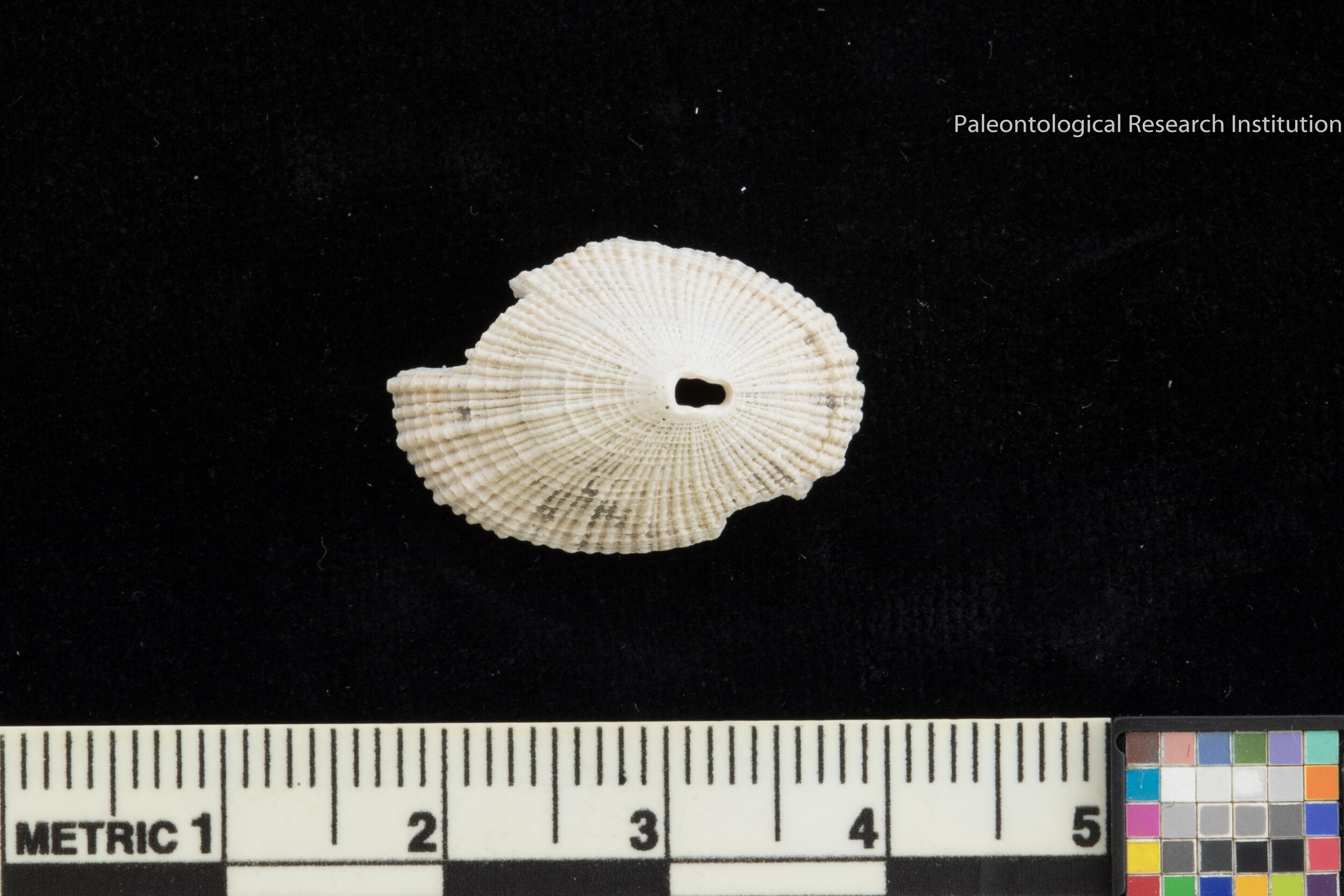
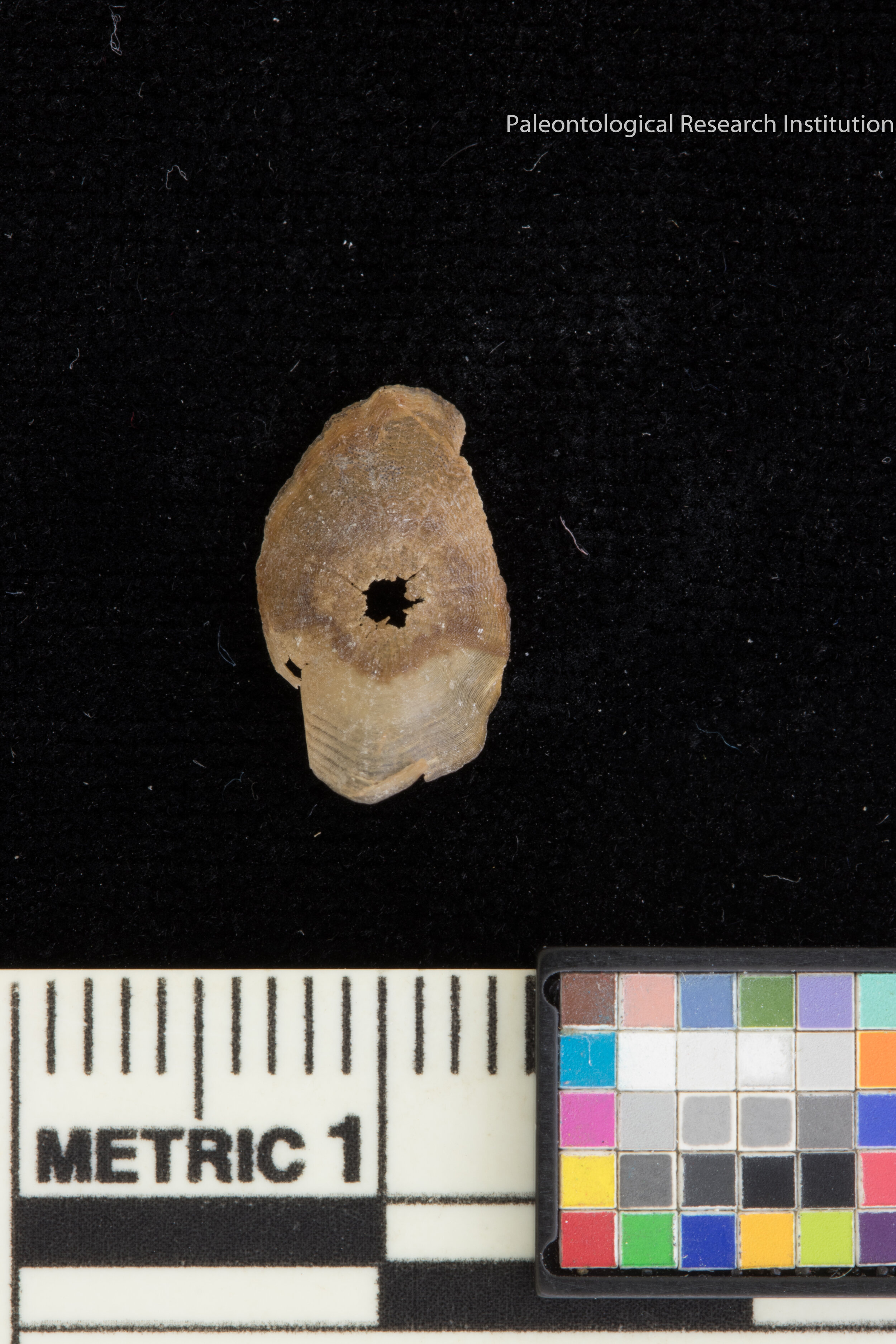
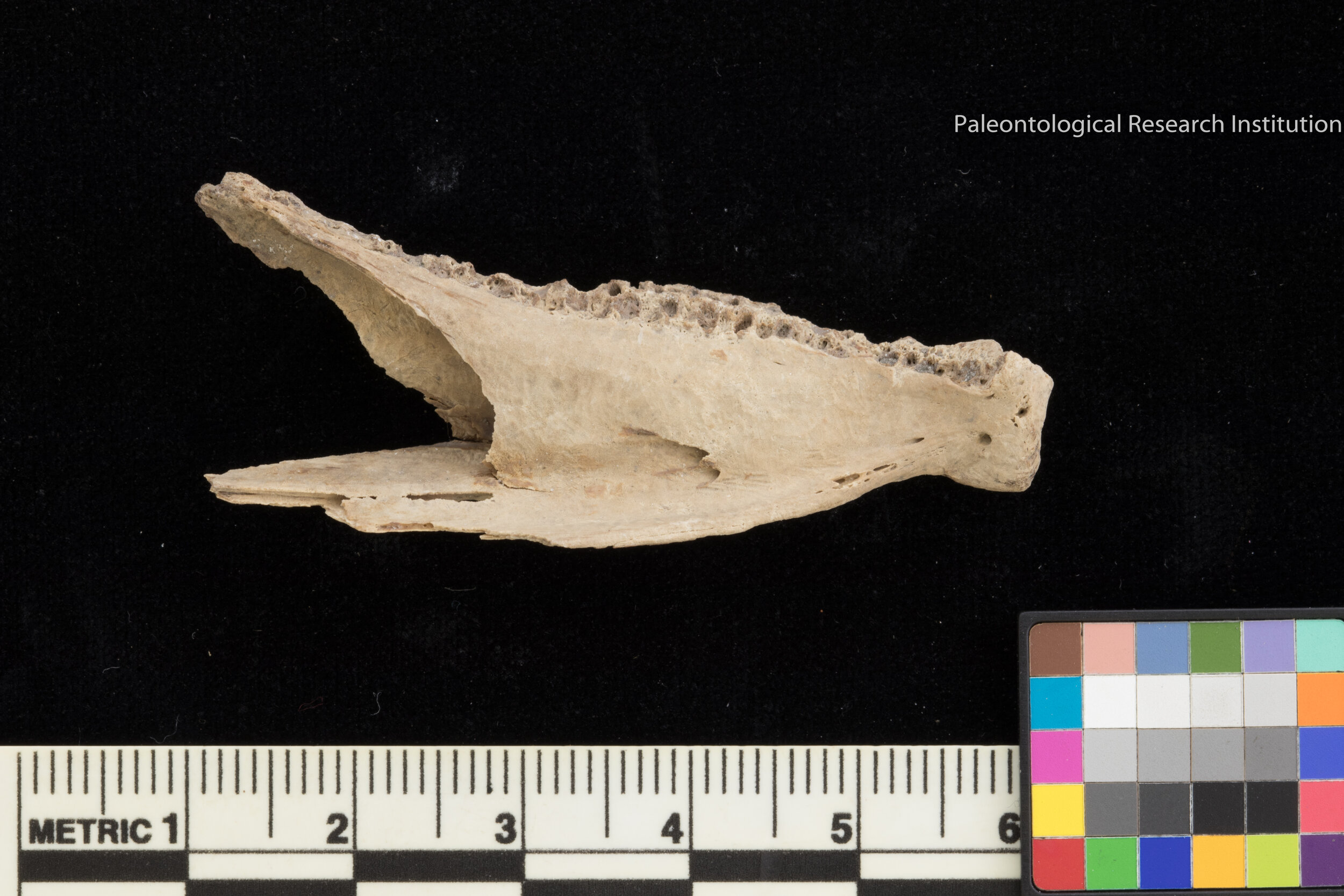
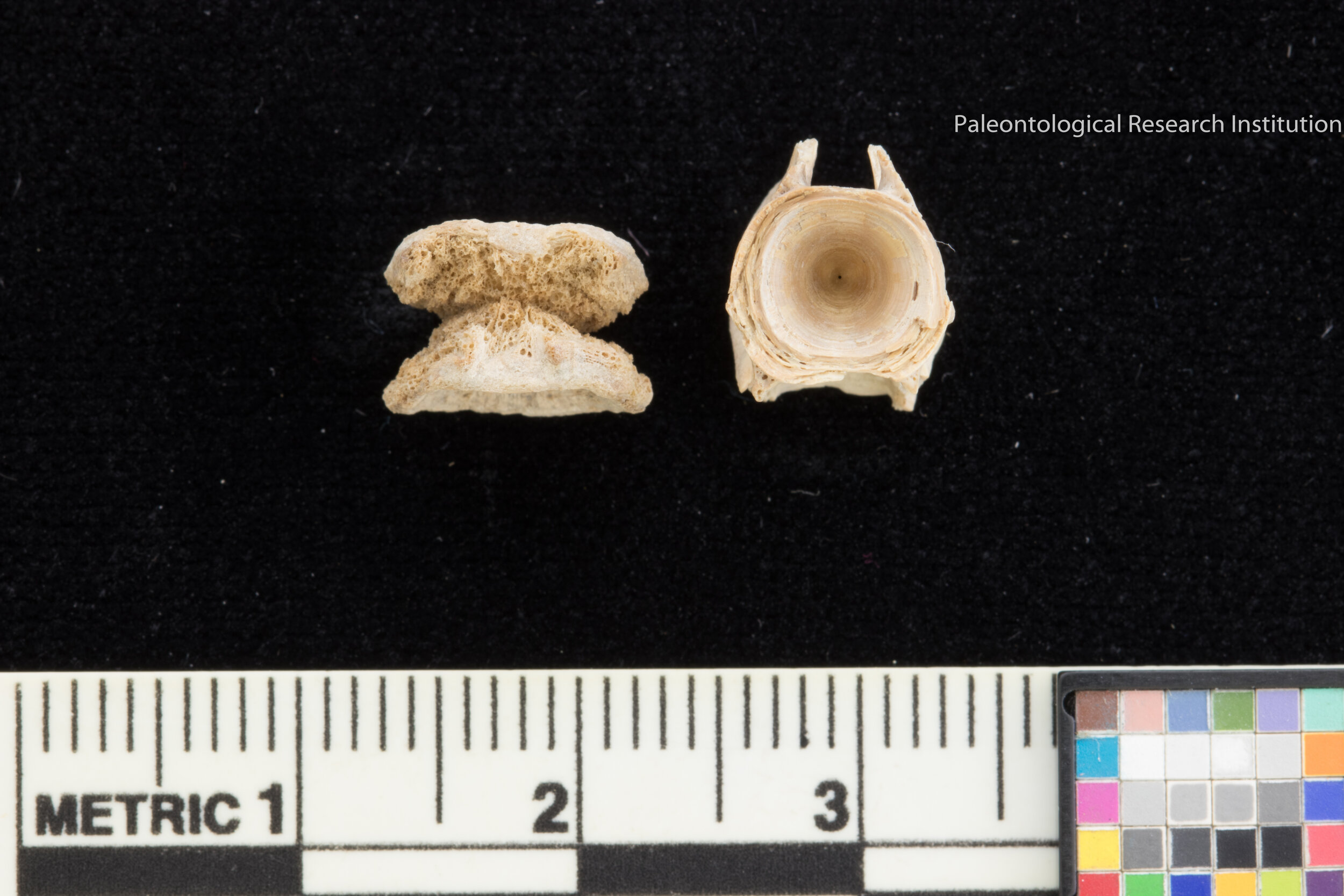
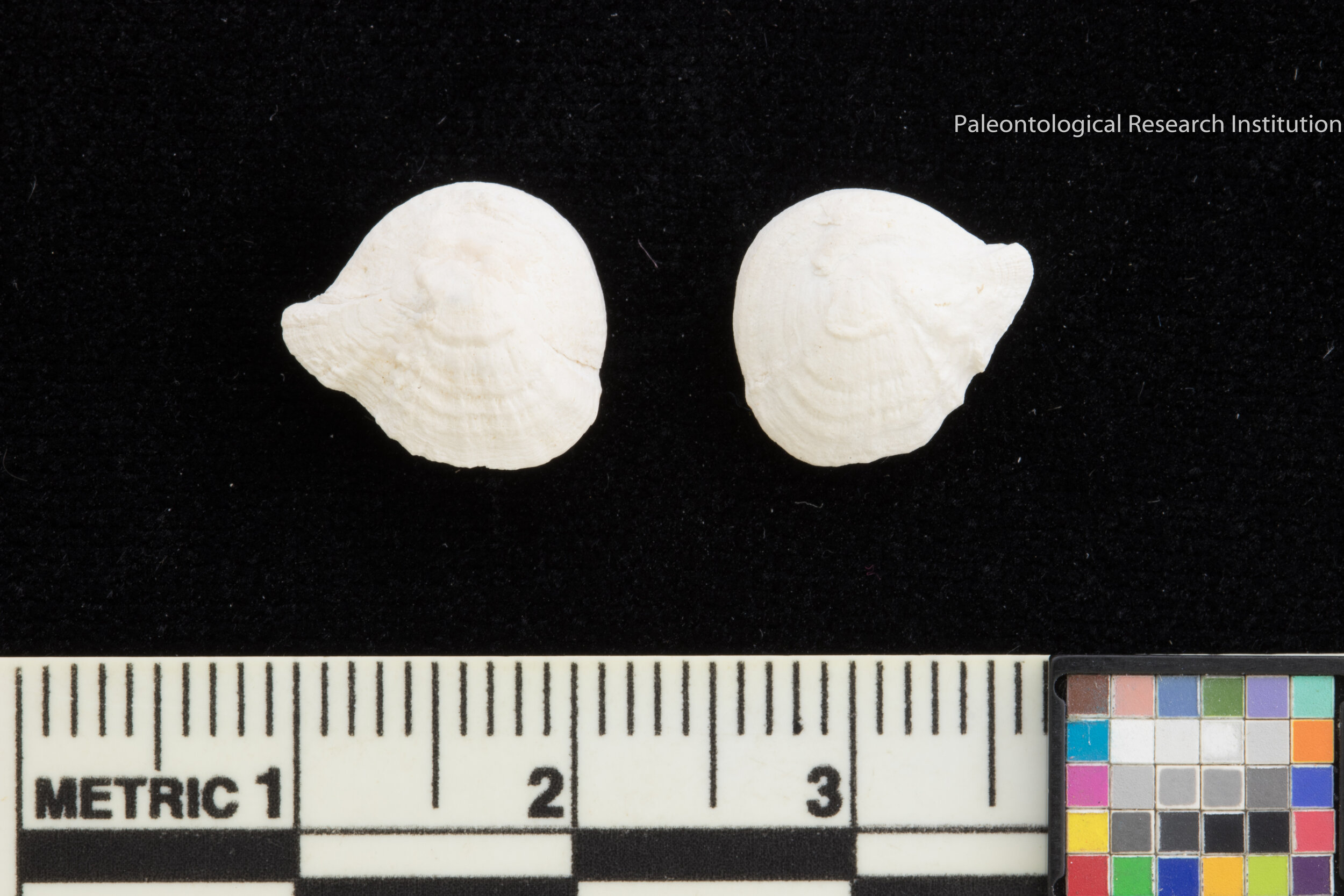


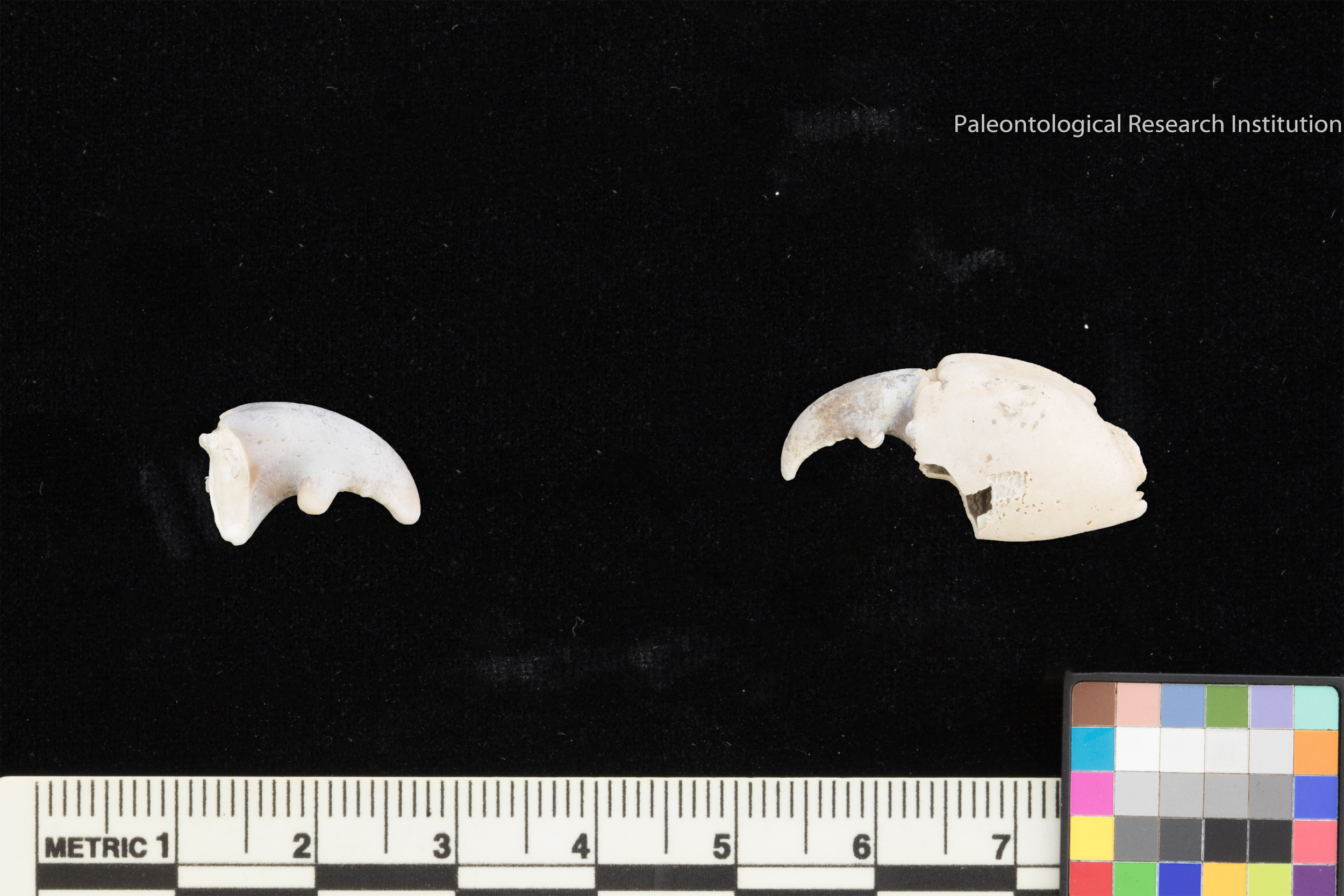
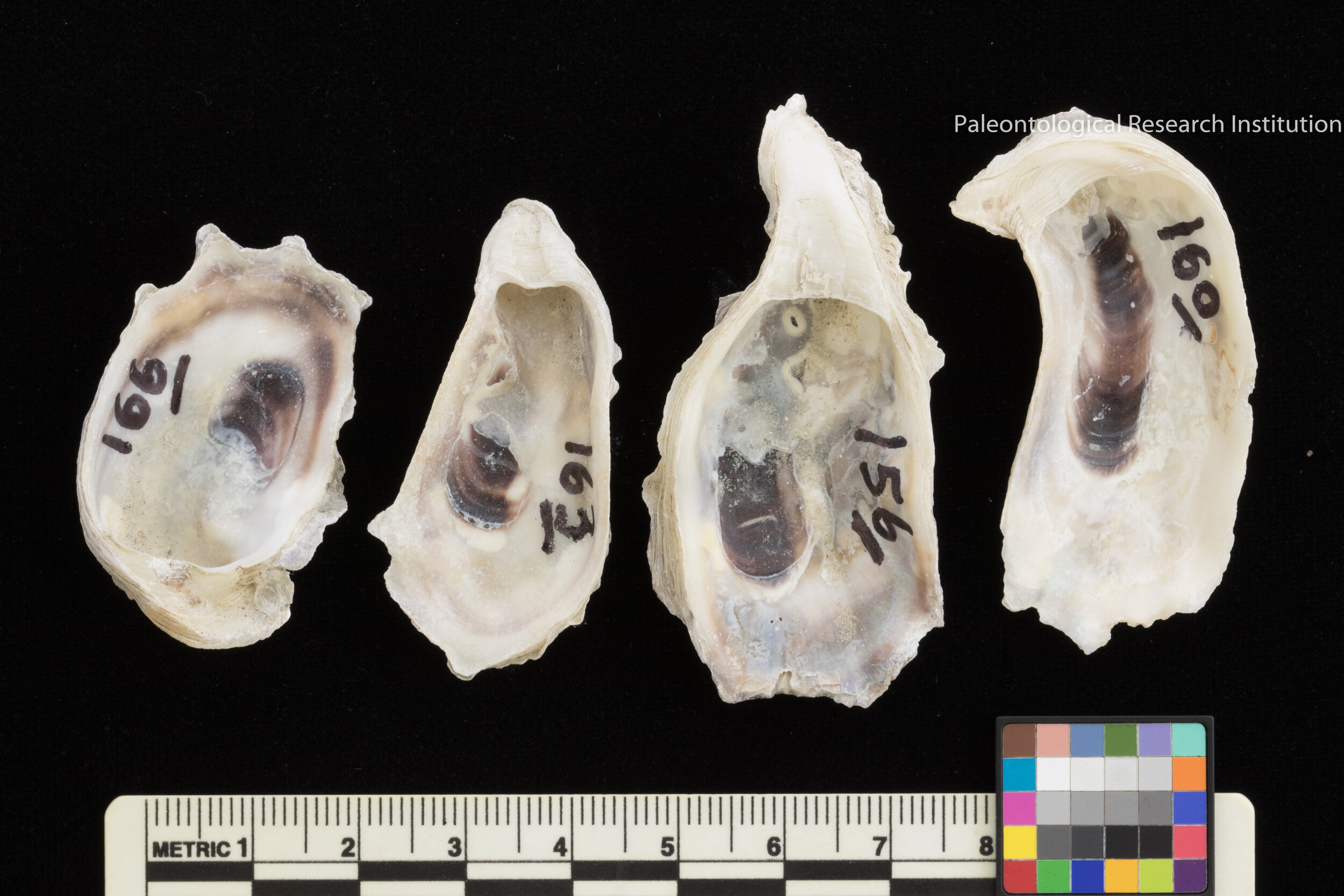
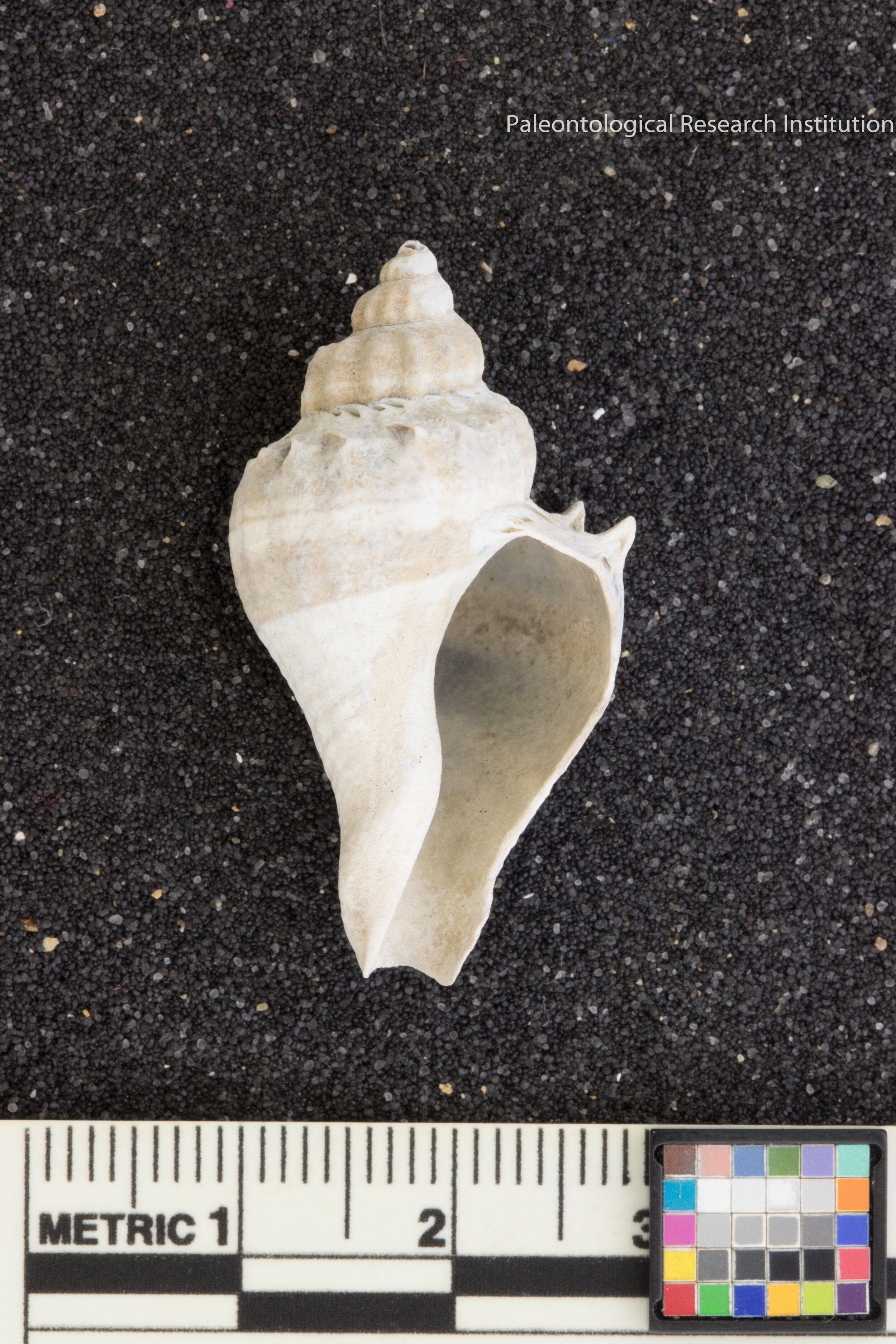
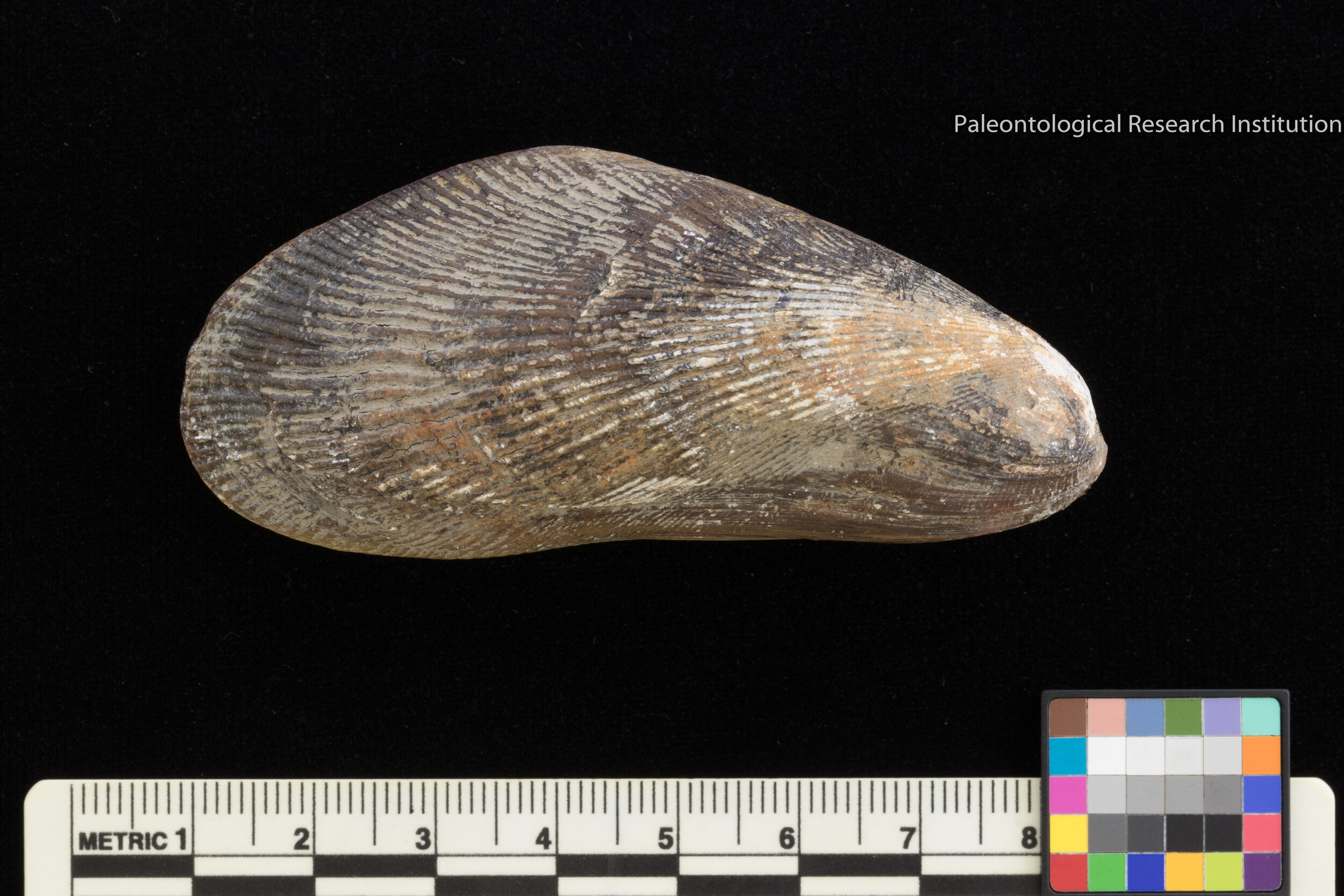
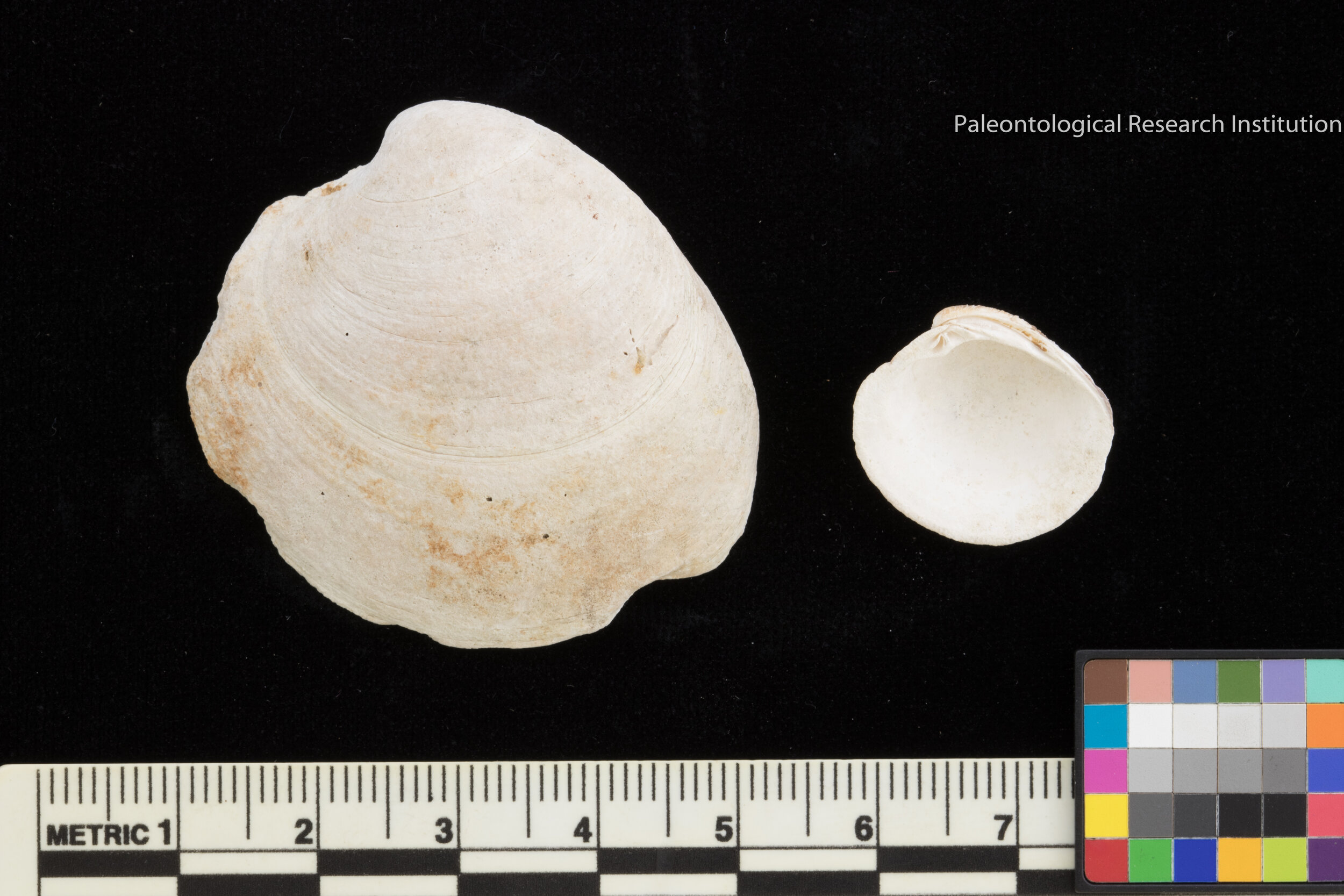
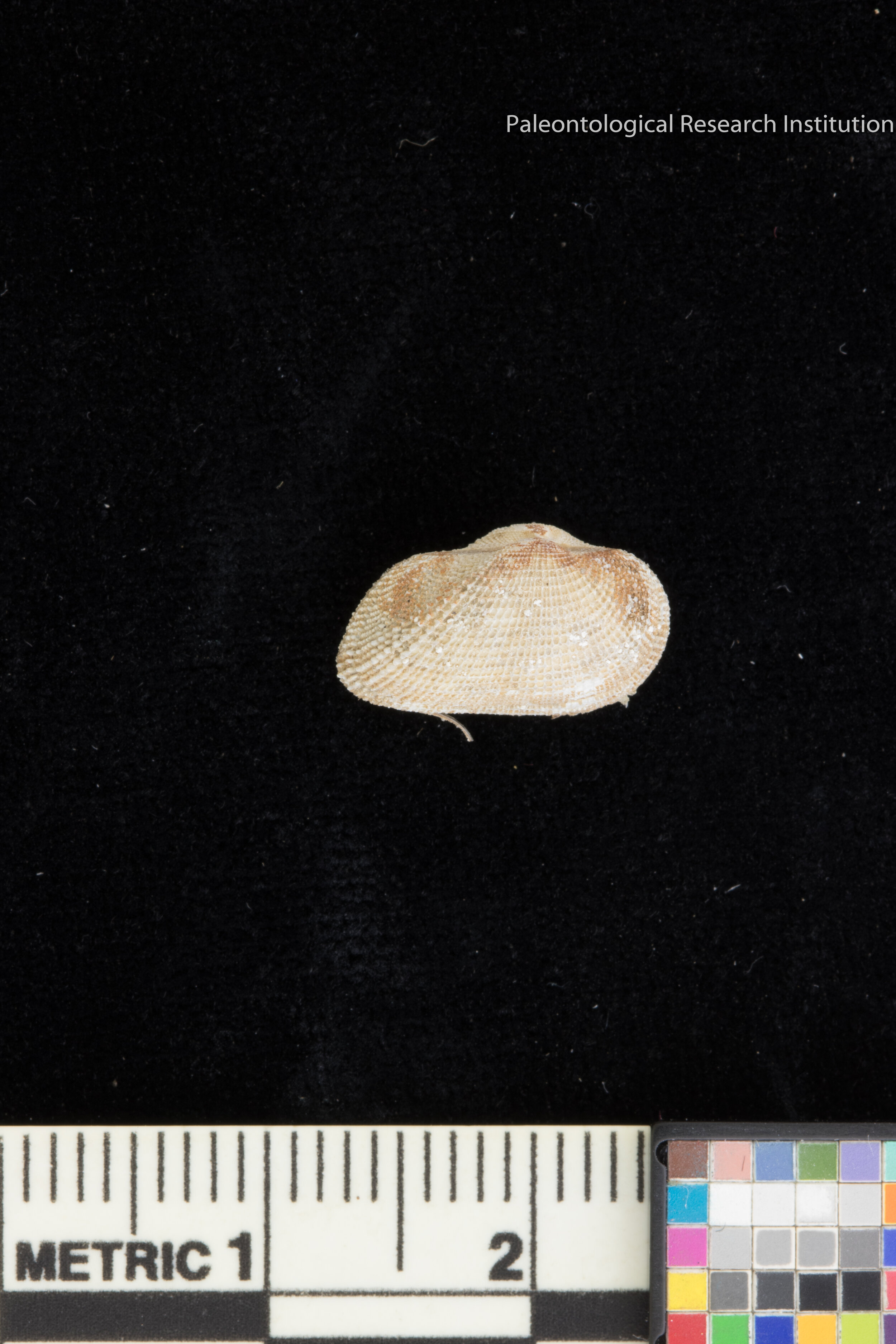
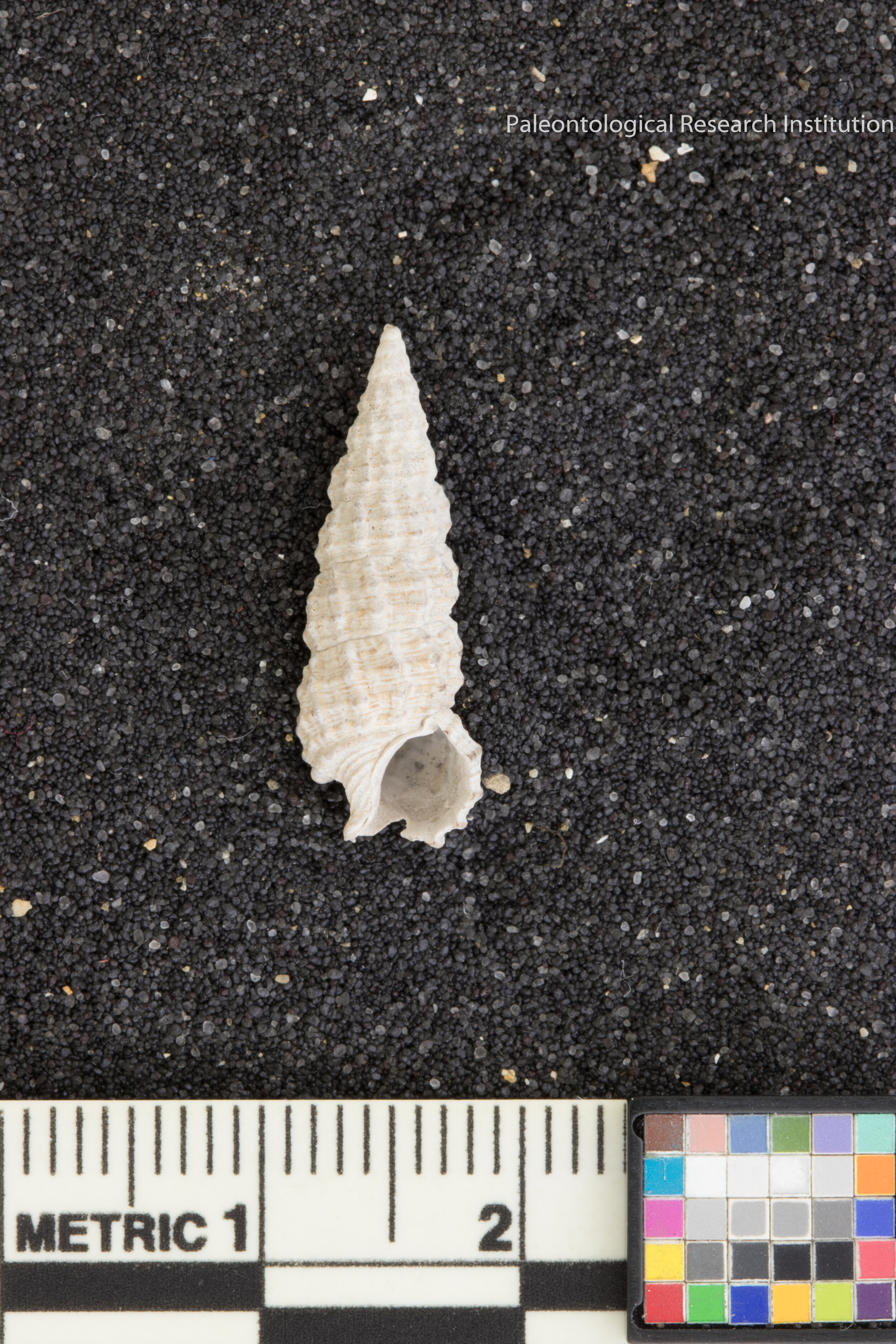
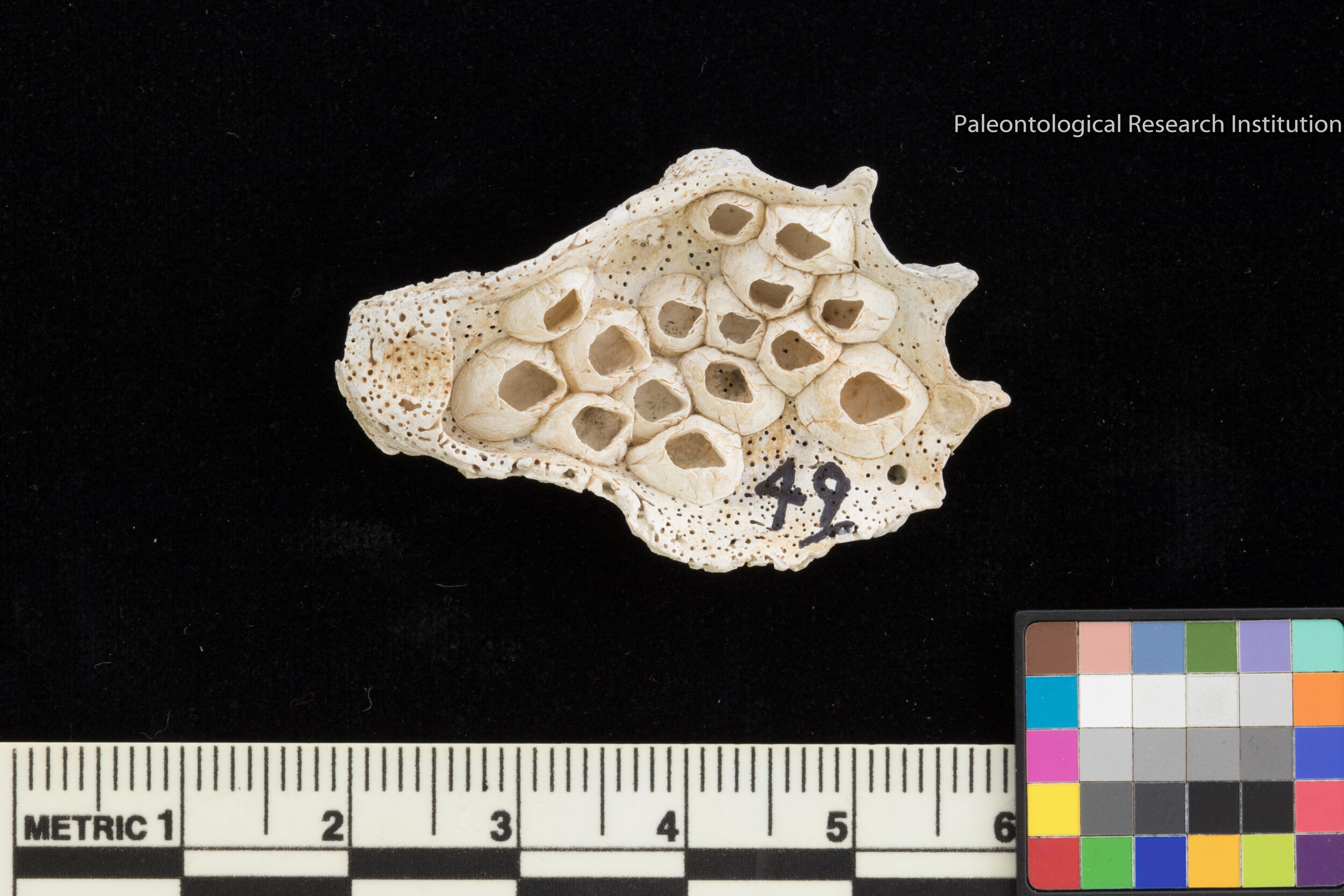
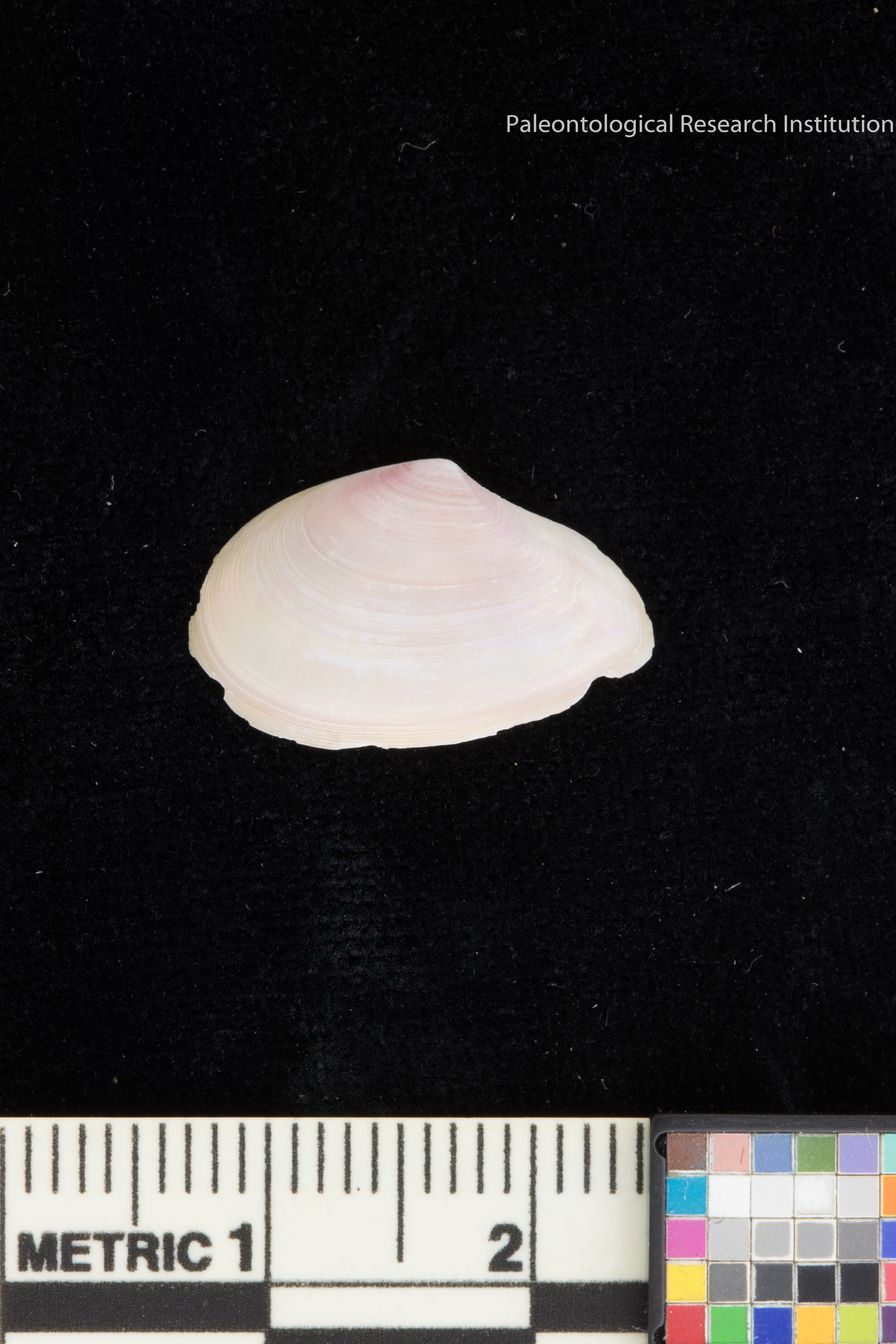
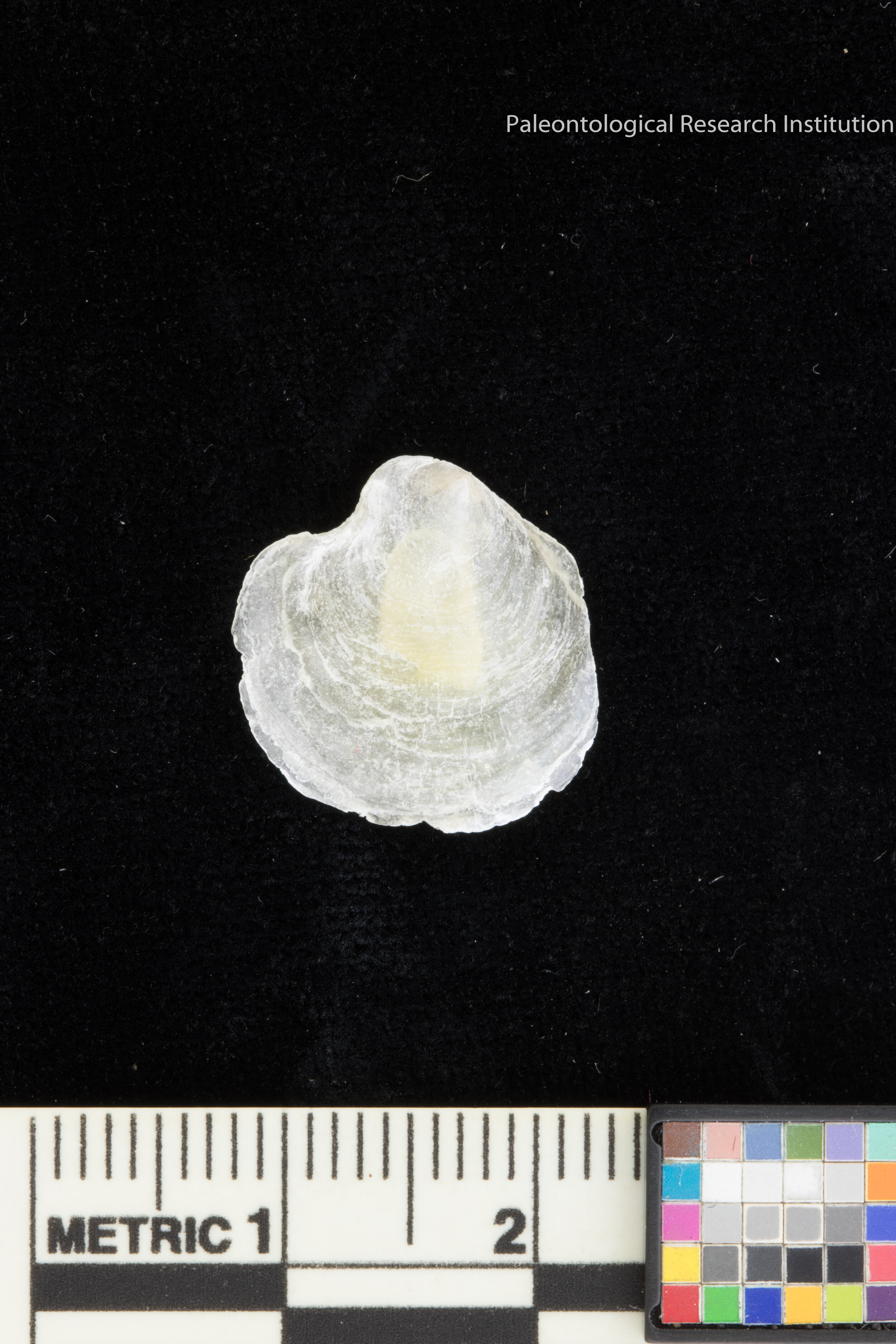
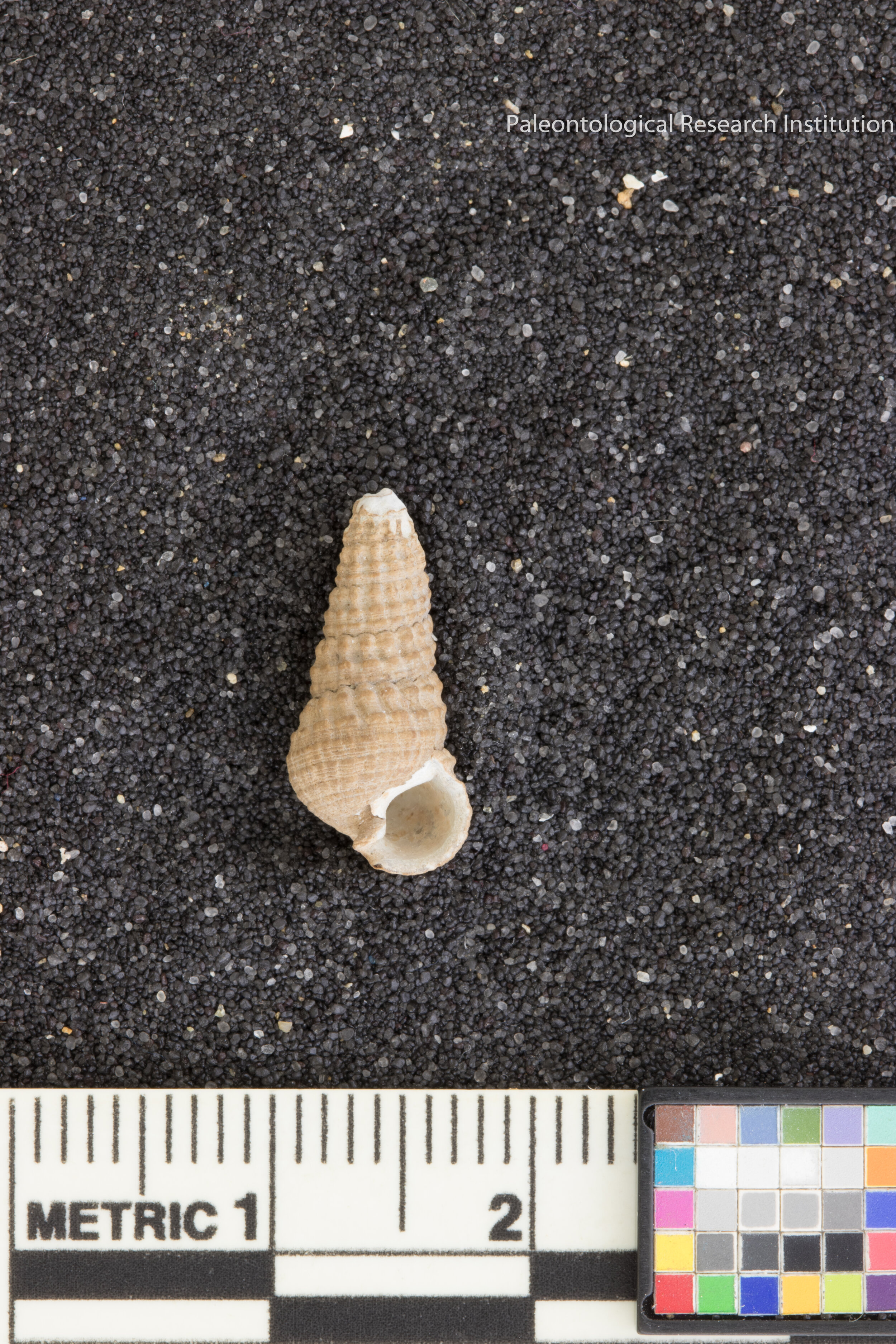
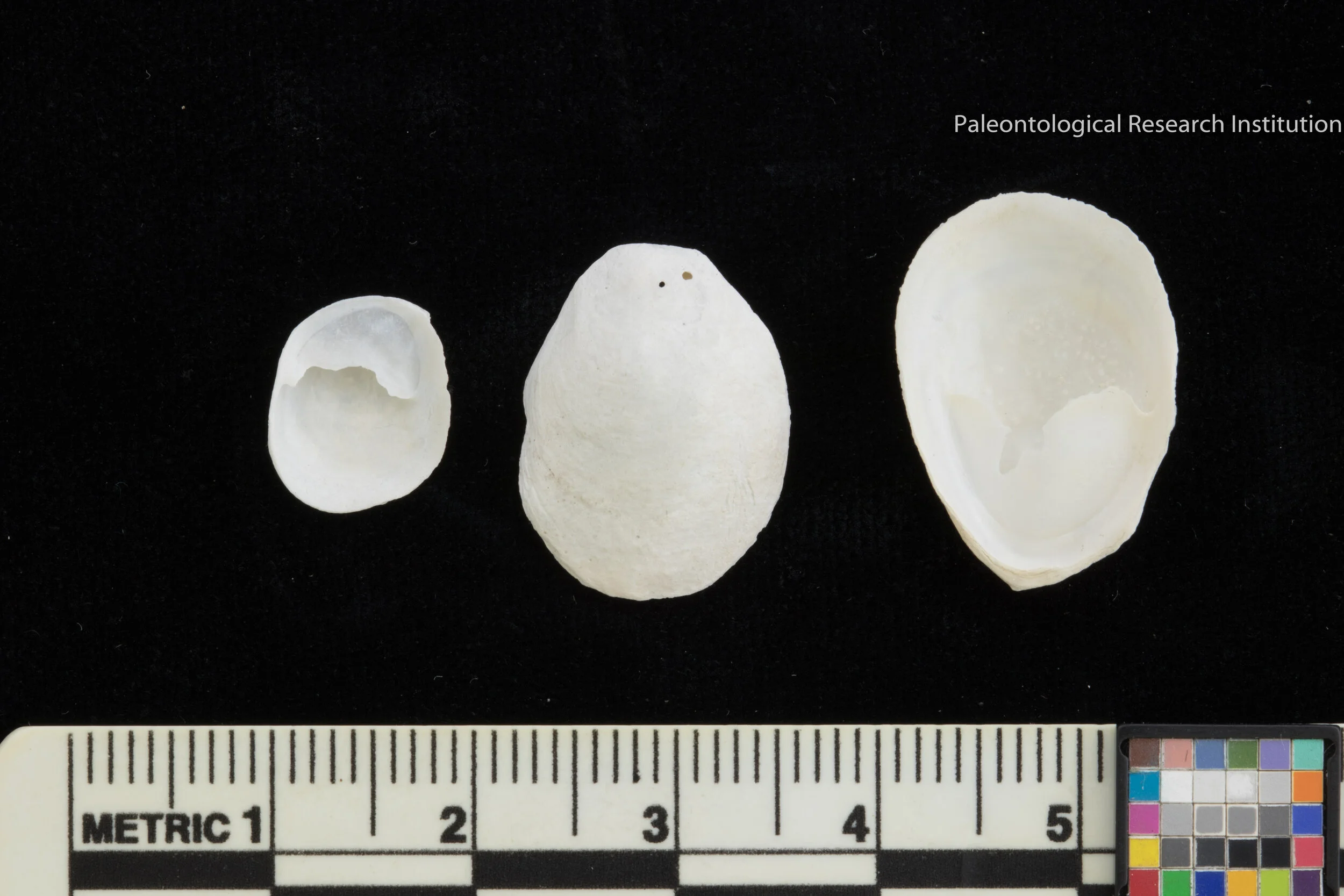
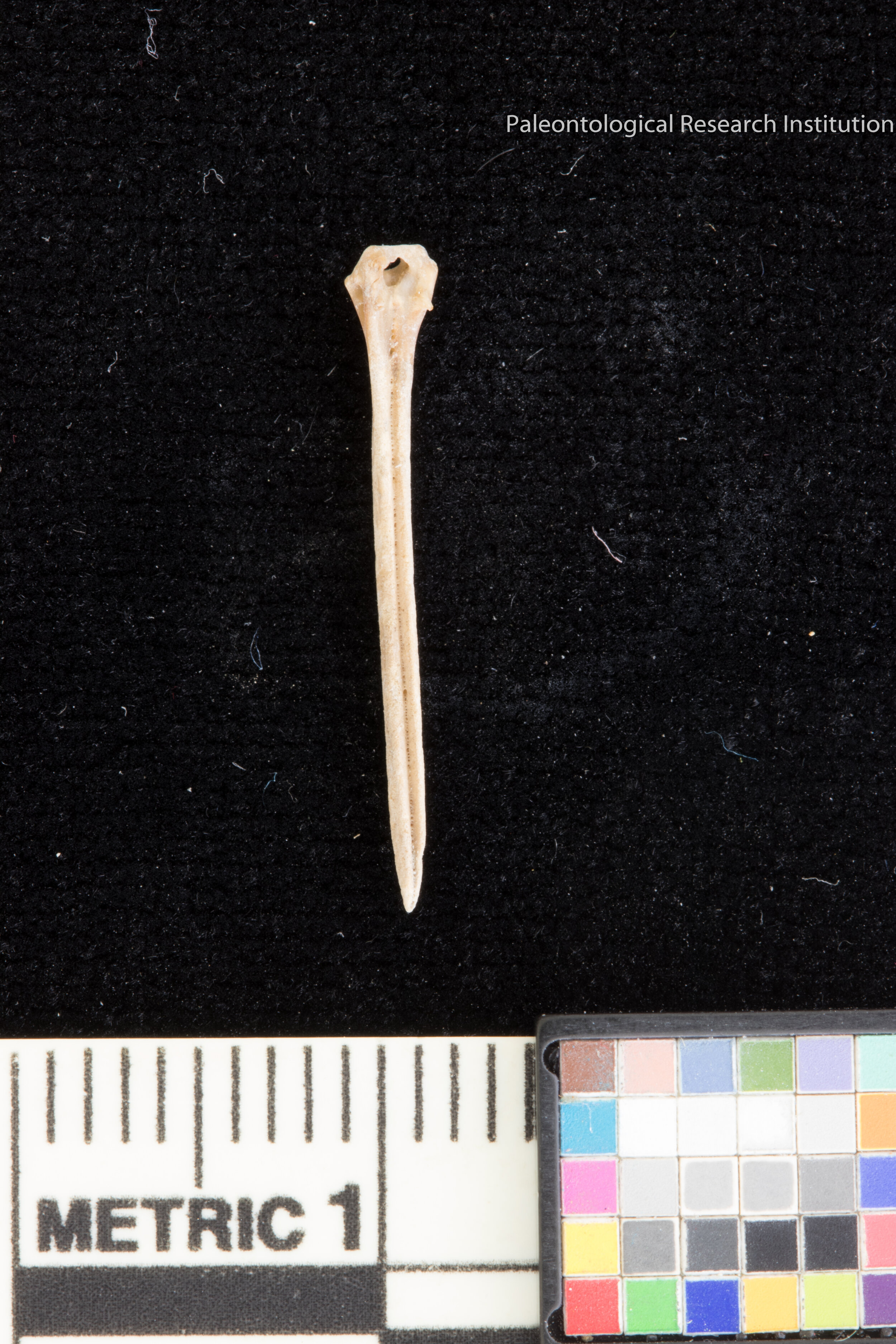
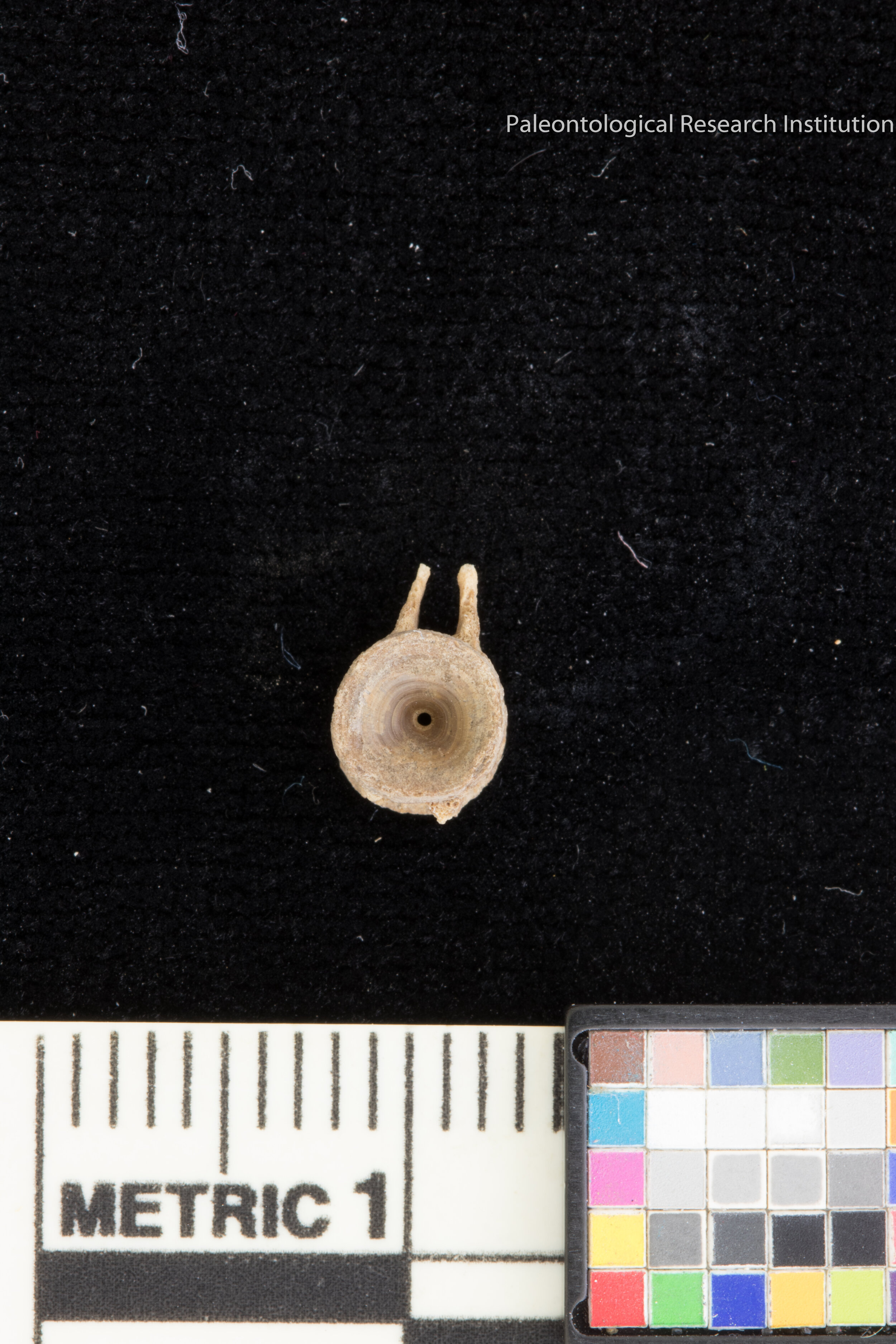
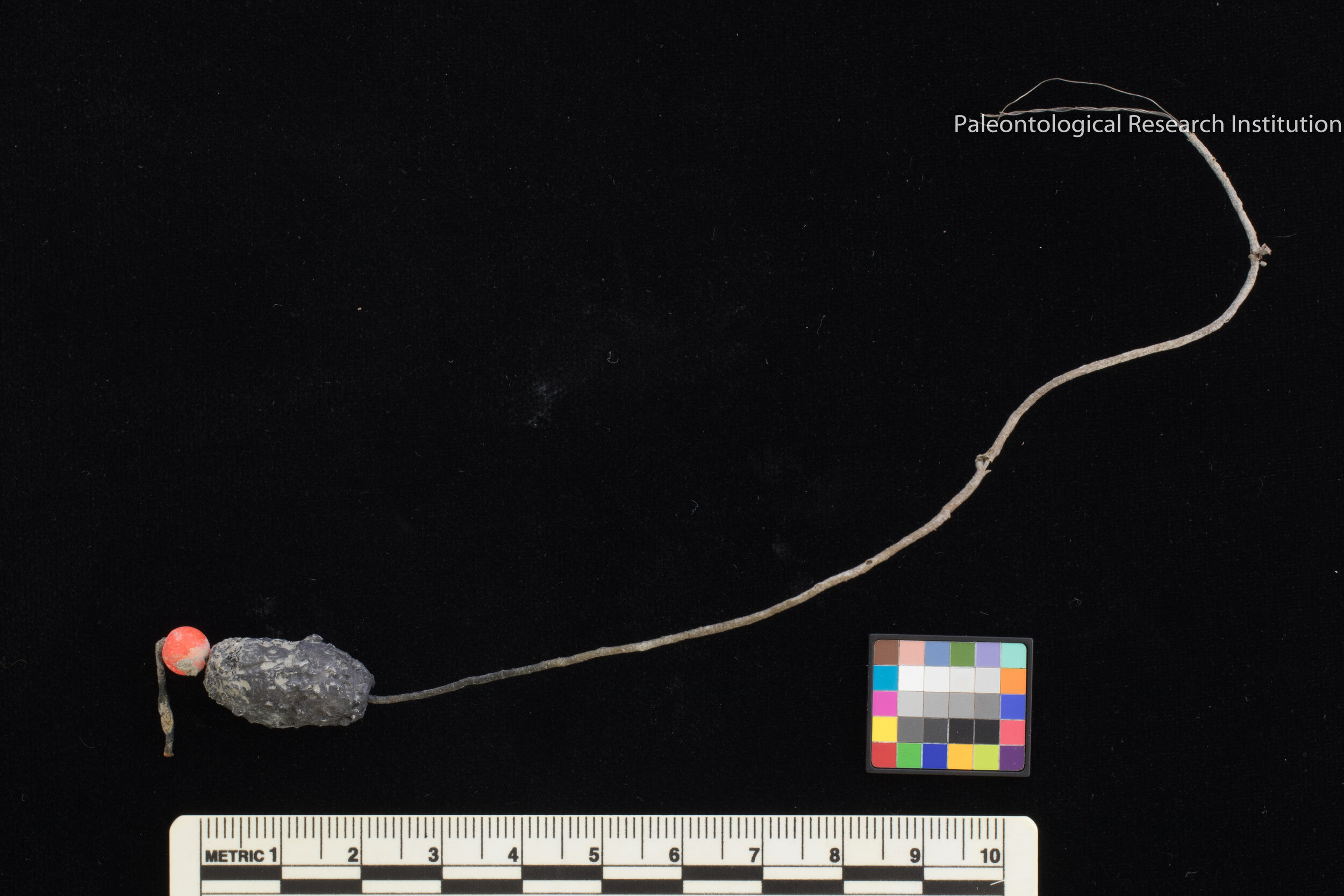

Did you notice the more recent Sample B (right) has less species diversity than the older Sample A (left)? Not only are many of the snail and clam shells missing, but so is any evidence of larger fish and crab predators. The fishing line and glass on the right may also be clues indicating human impacts, which could be adding additional pressures to the ecosystem and increasing oyster decline. If you only could look at Sample B, you might think those species represent a normal oyster reef ecosystem by themselves. However, it is not until you compare Sample B with Sample A that you realize how much of the ecosystem is missing. This is an example of a shifting baselineA situation in which over time knowledge is lost about the condition of the natural world because people do not perceive changes that are actually taking place..
Shifting Baselines
Environmental changes can be so subtle that people hardly notice them taking place. Each generation considers the environment they experience to be “normal” and “healthy”.
OVER DECADES small changes add up to large ones. Therefore, successive generations have different impressions of what a healthy natural environment looks like. This phenomenon is known as a shifting baselineA situation in which over time knowledge is lost about the condition of the natural world because people do not perceive changes that are actually taking place.. We can estimate the true scale of change by collecting data from the past using preserved organisms (such as oyster shells). This is part of the work of conservation paleobiologyApplies paleontological data and methods to prevent species extinction, restore habitats, and sustain the benefits people obtain from ecosystems..






